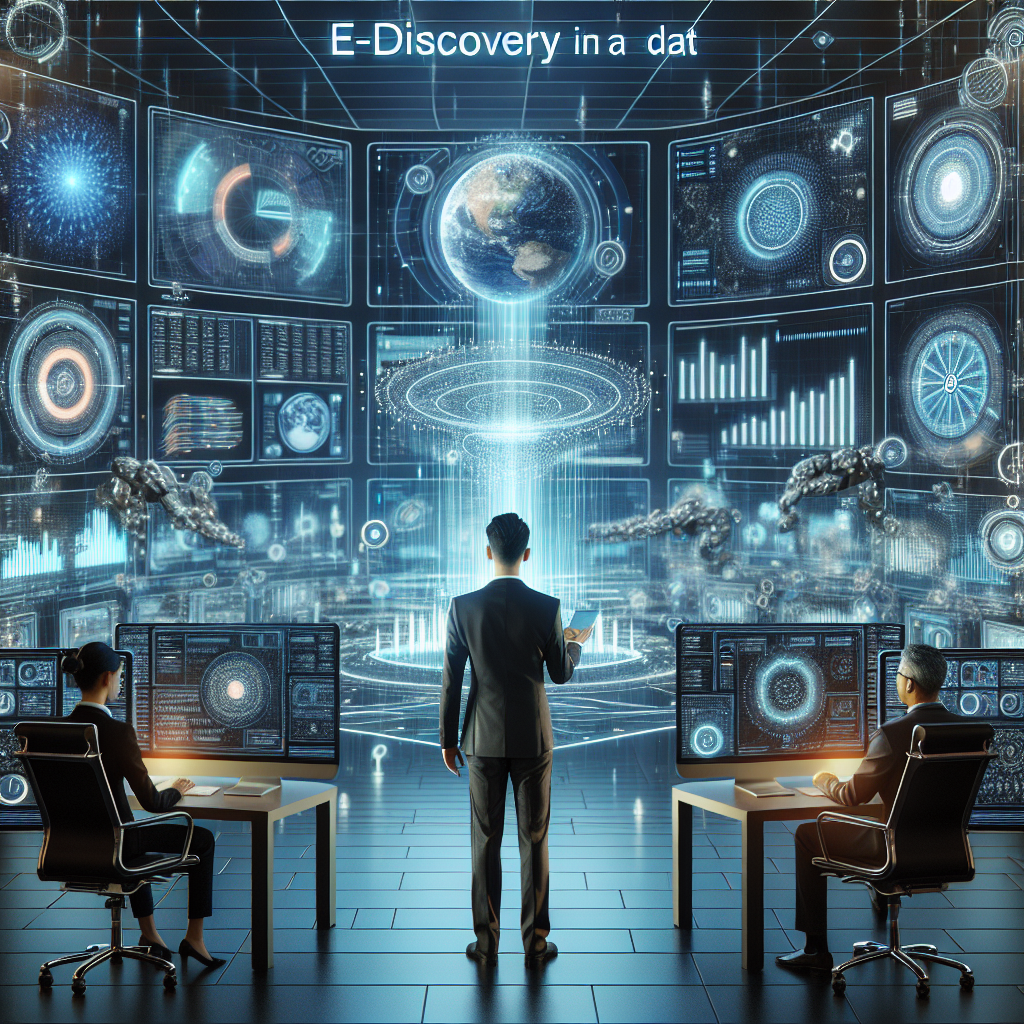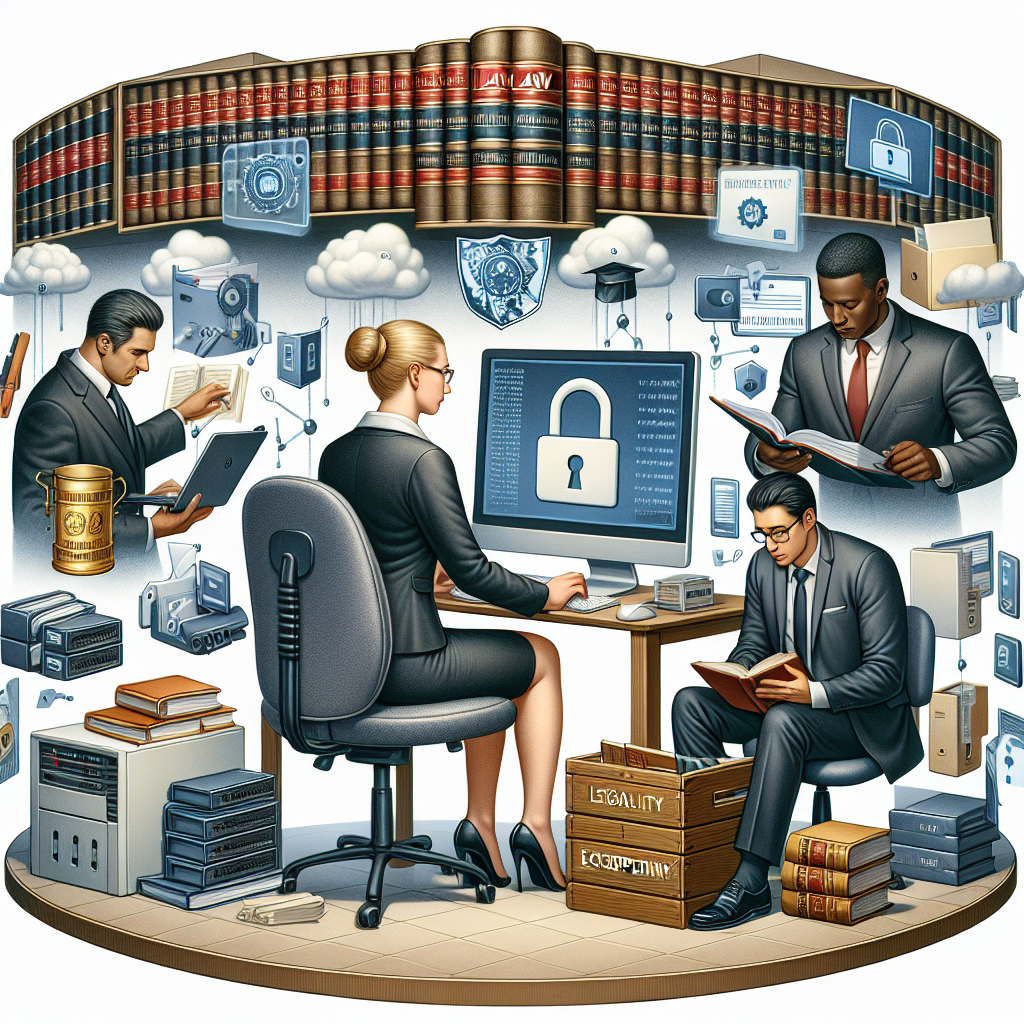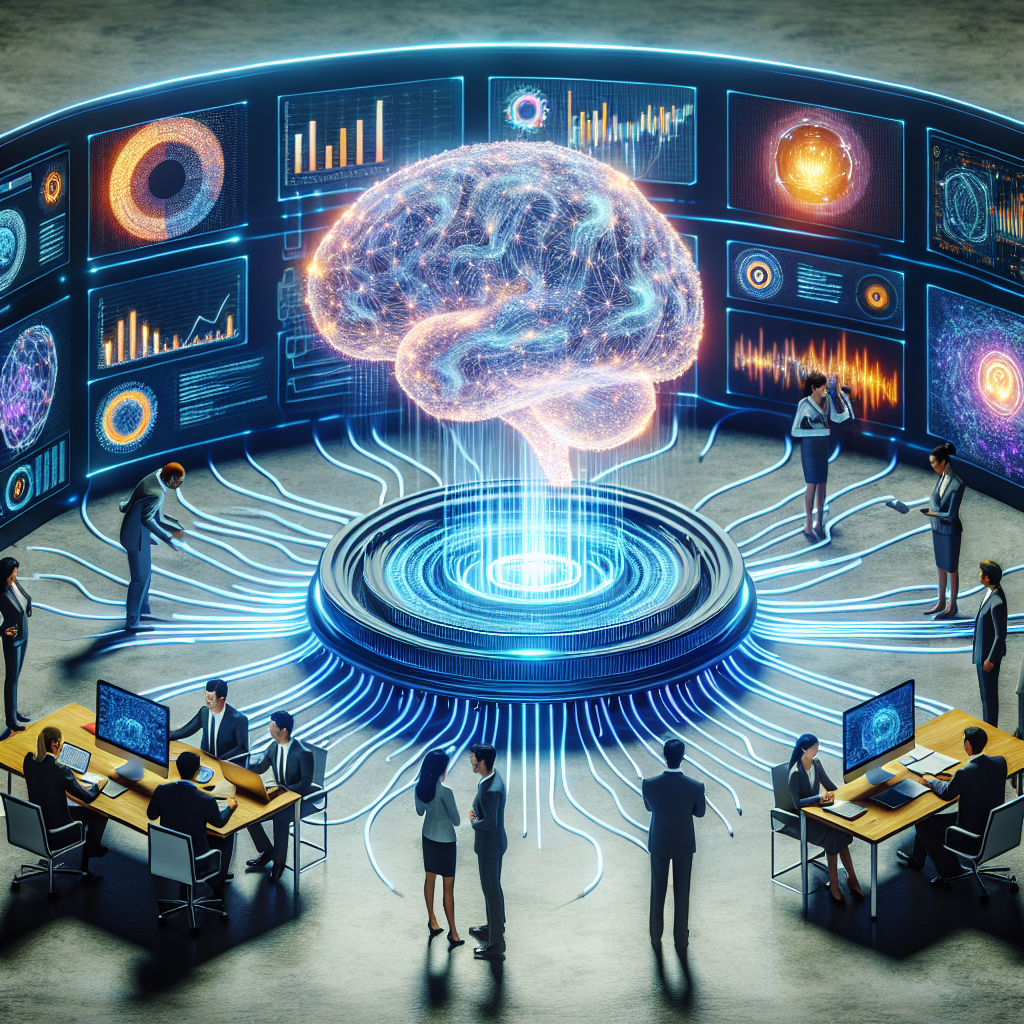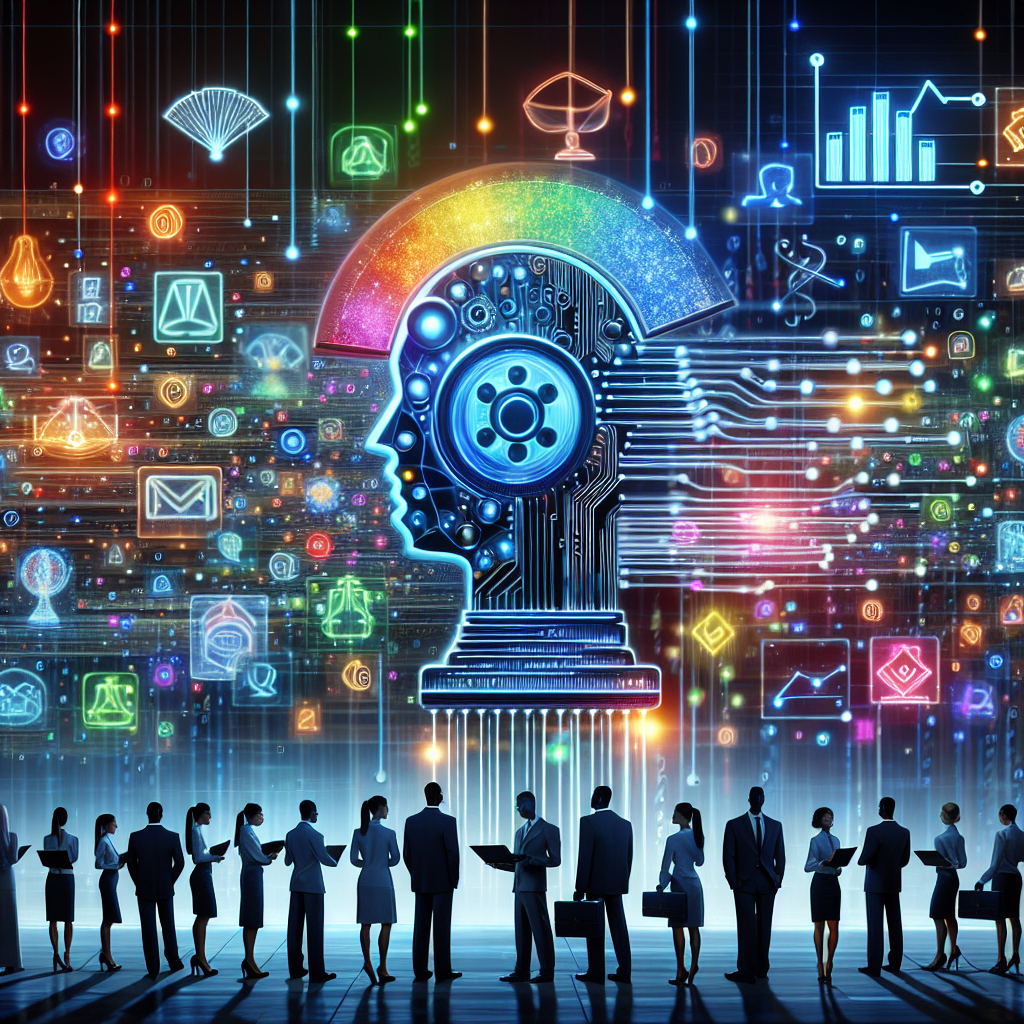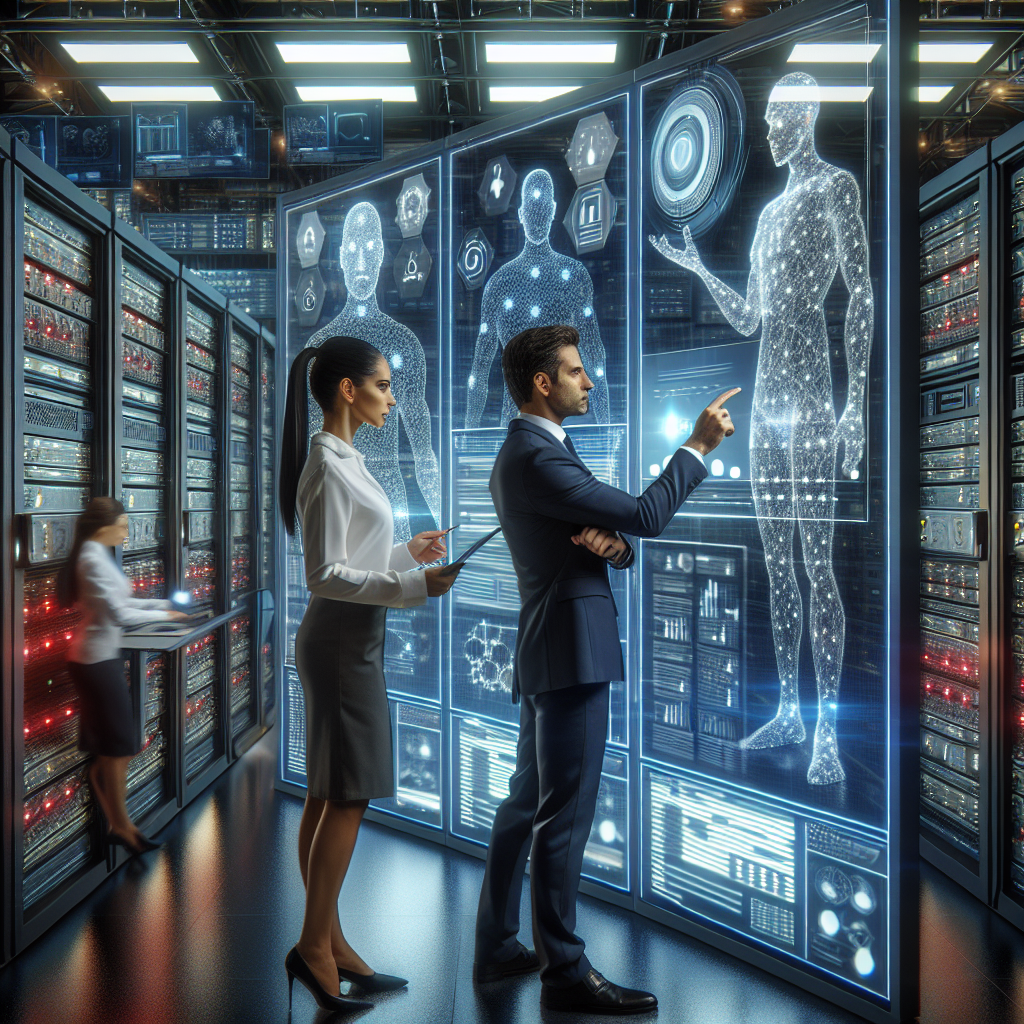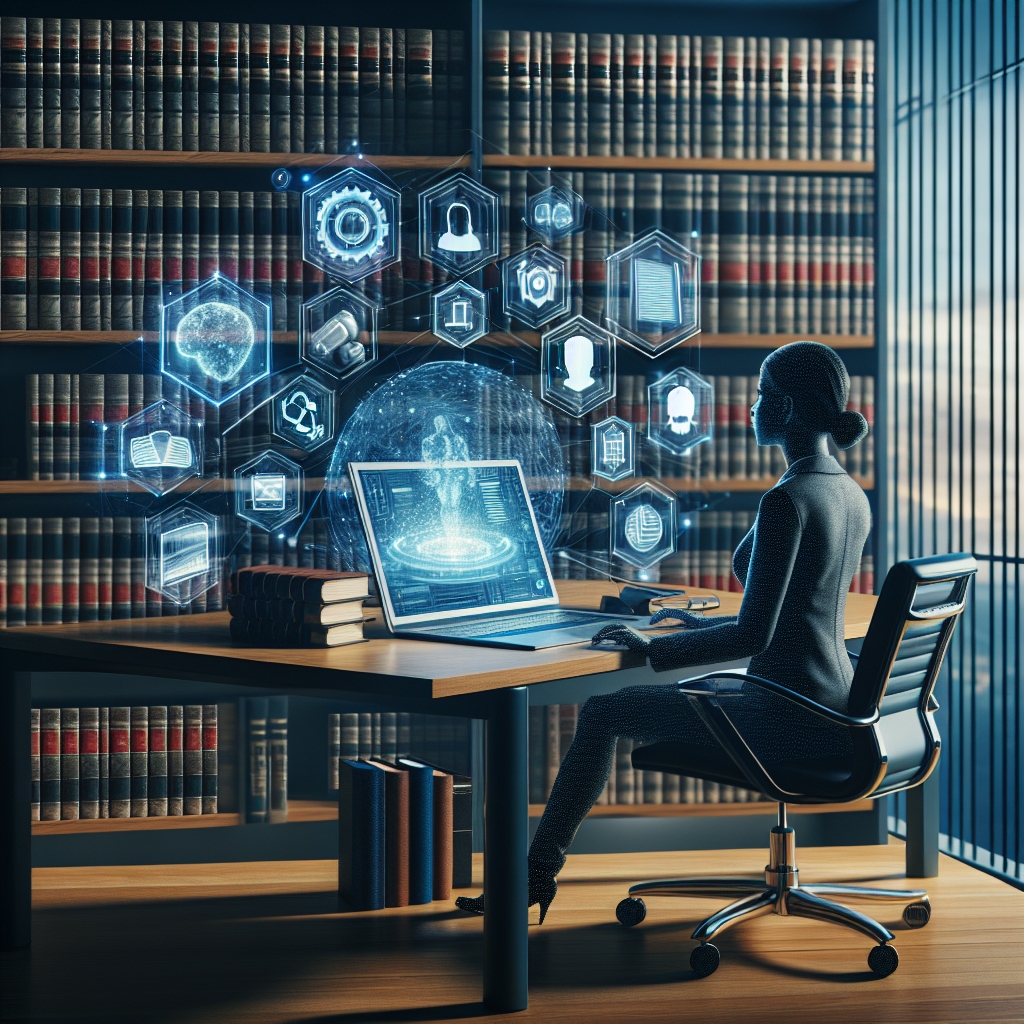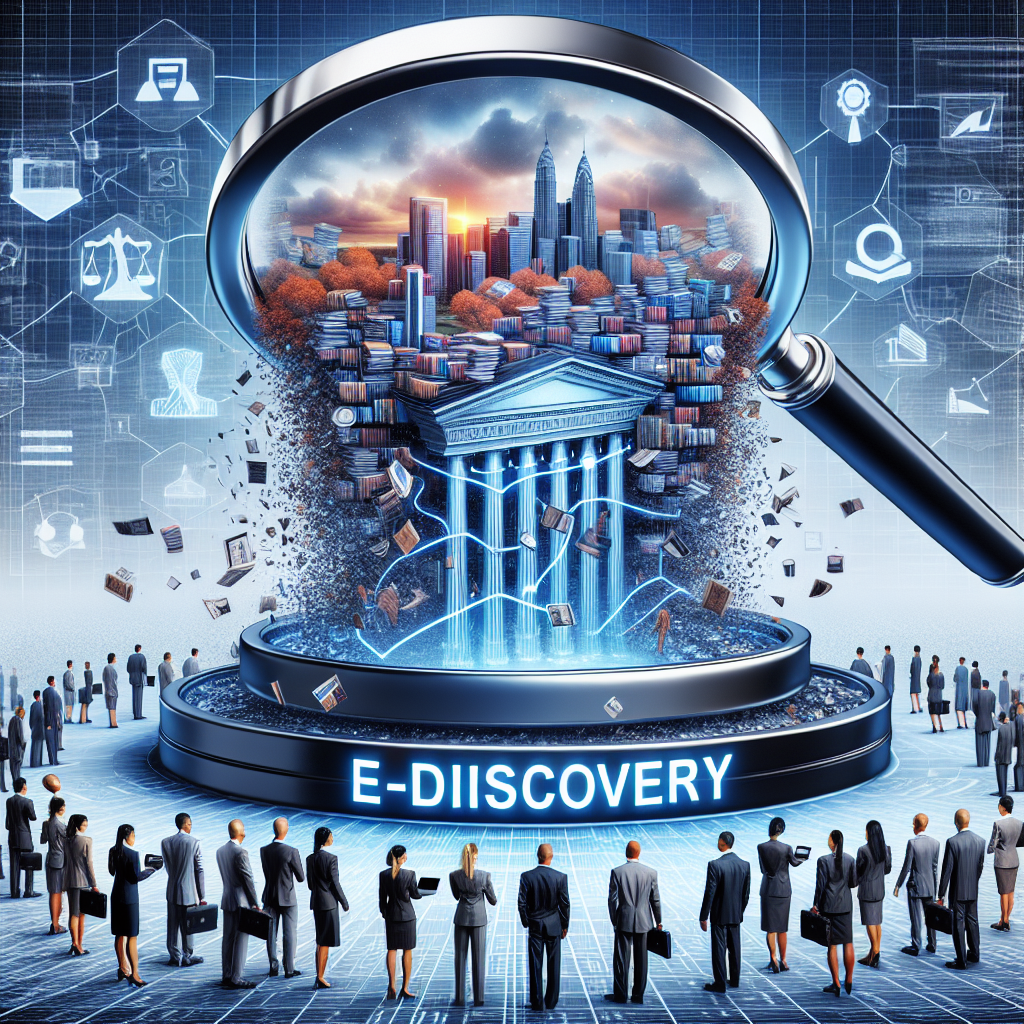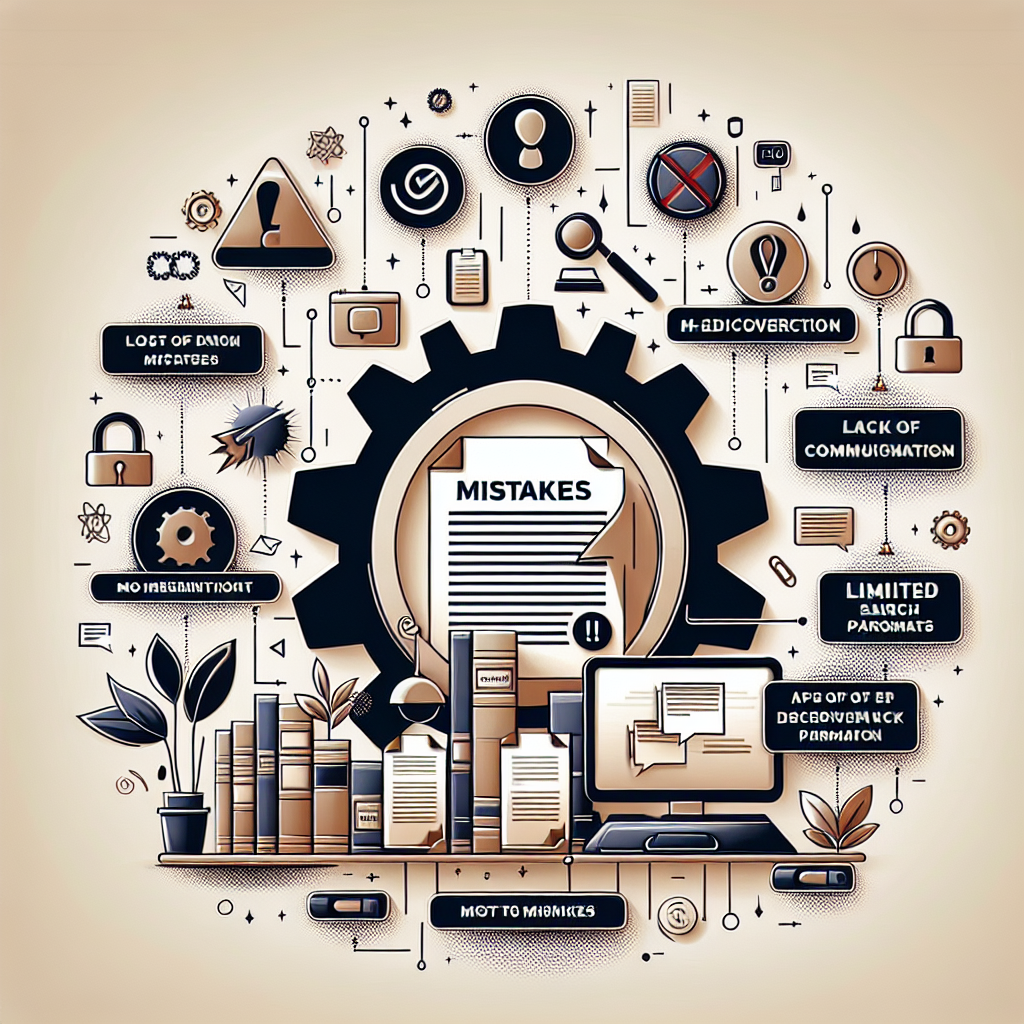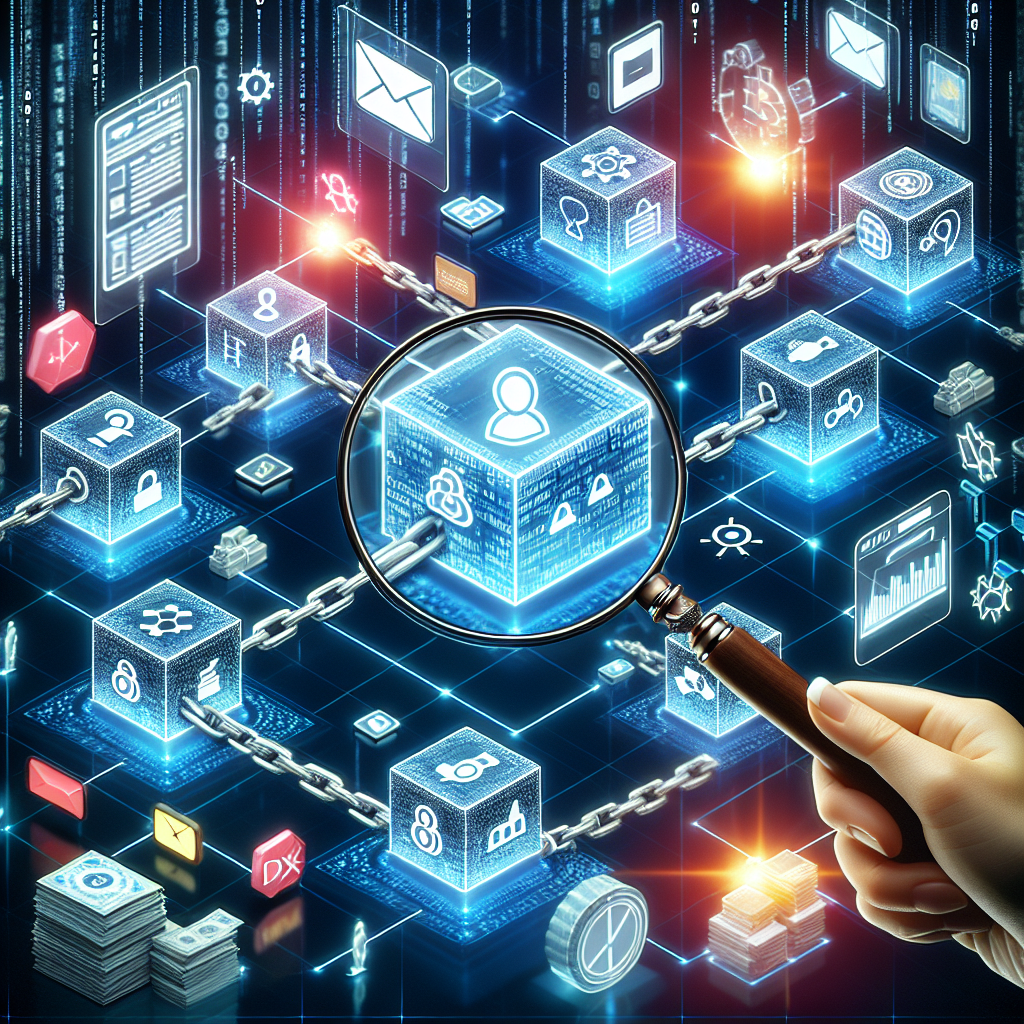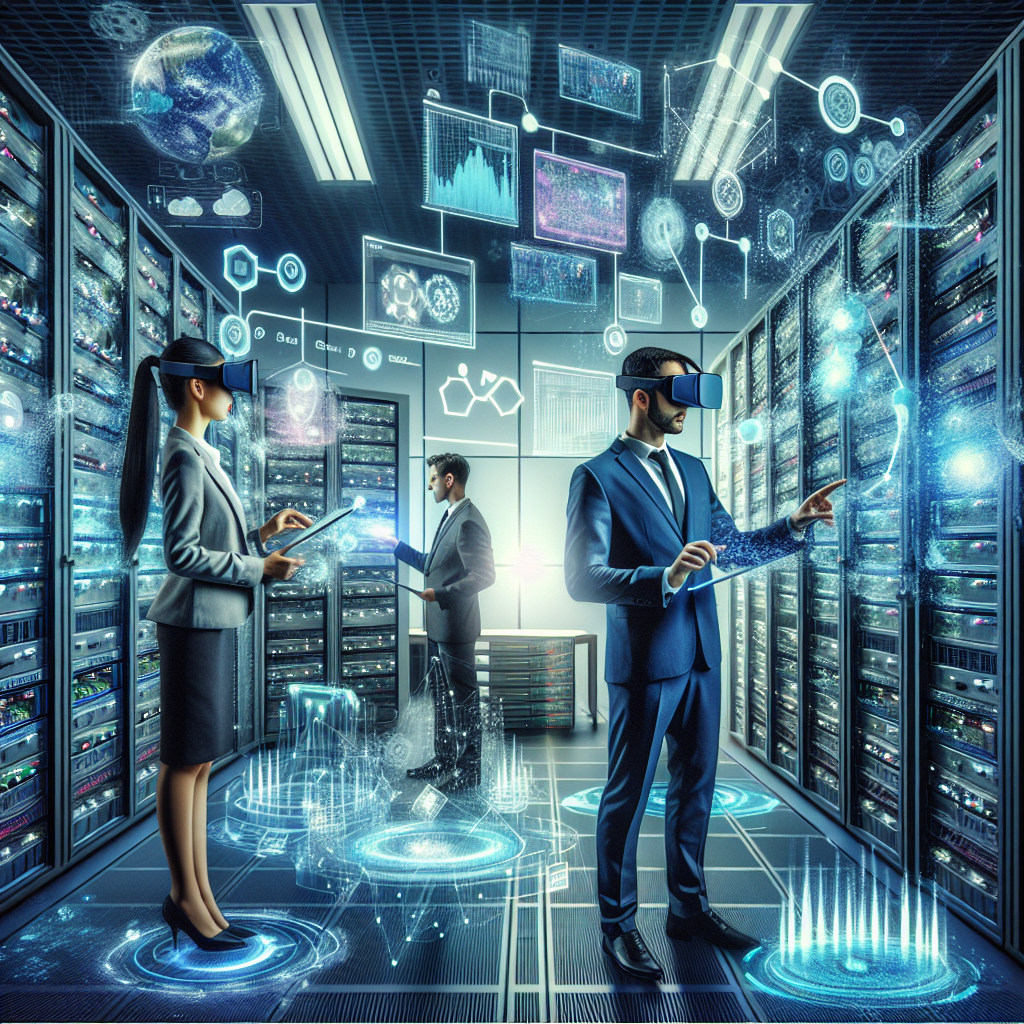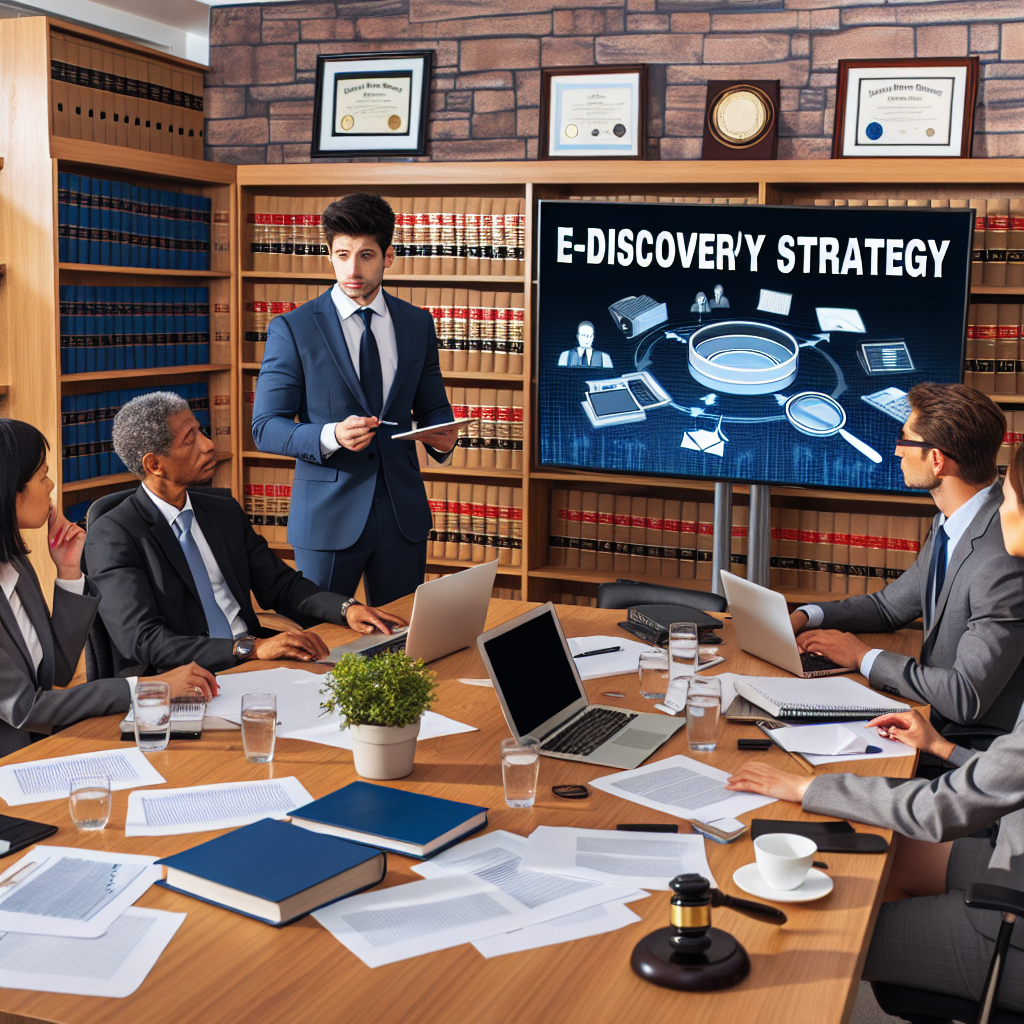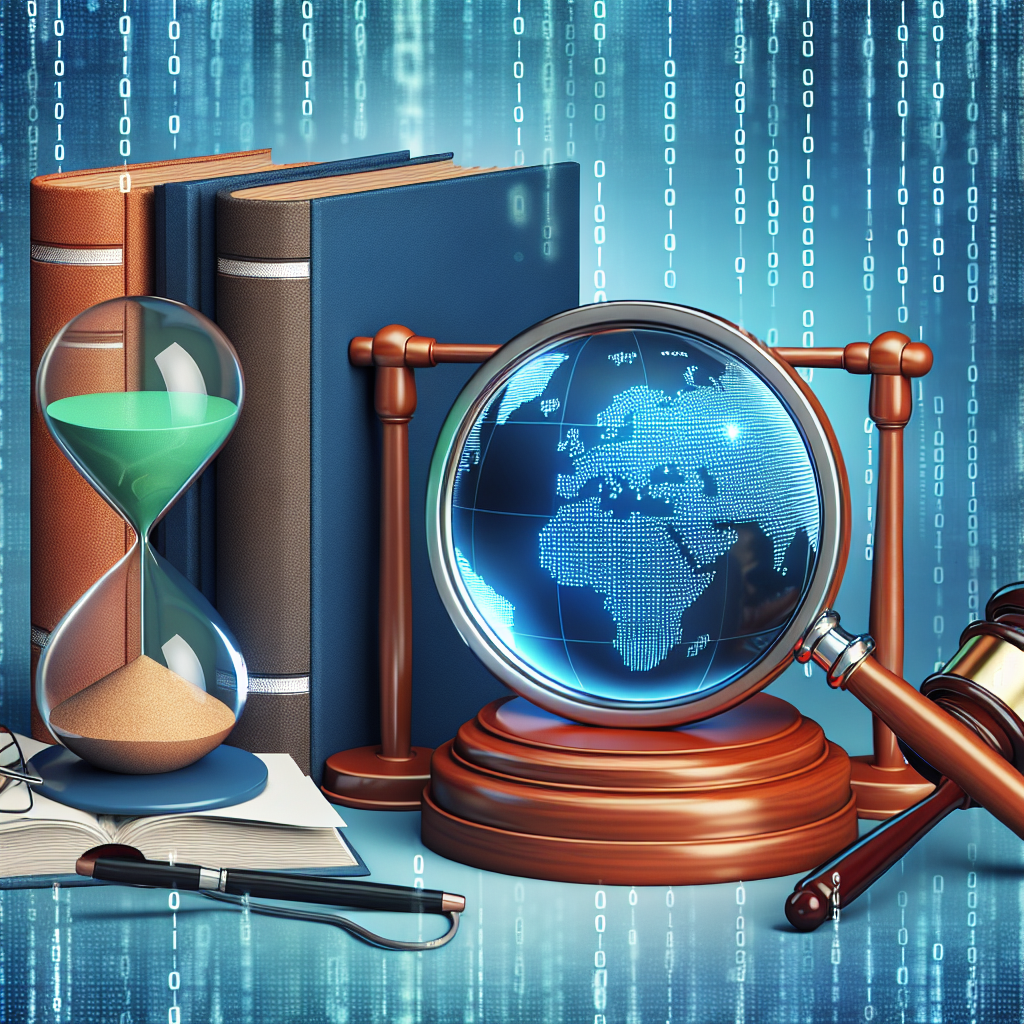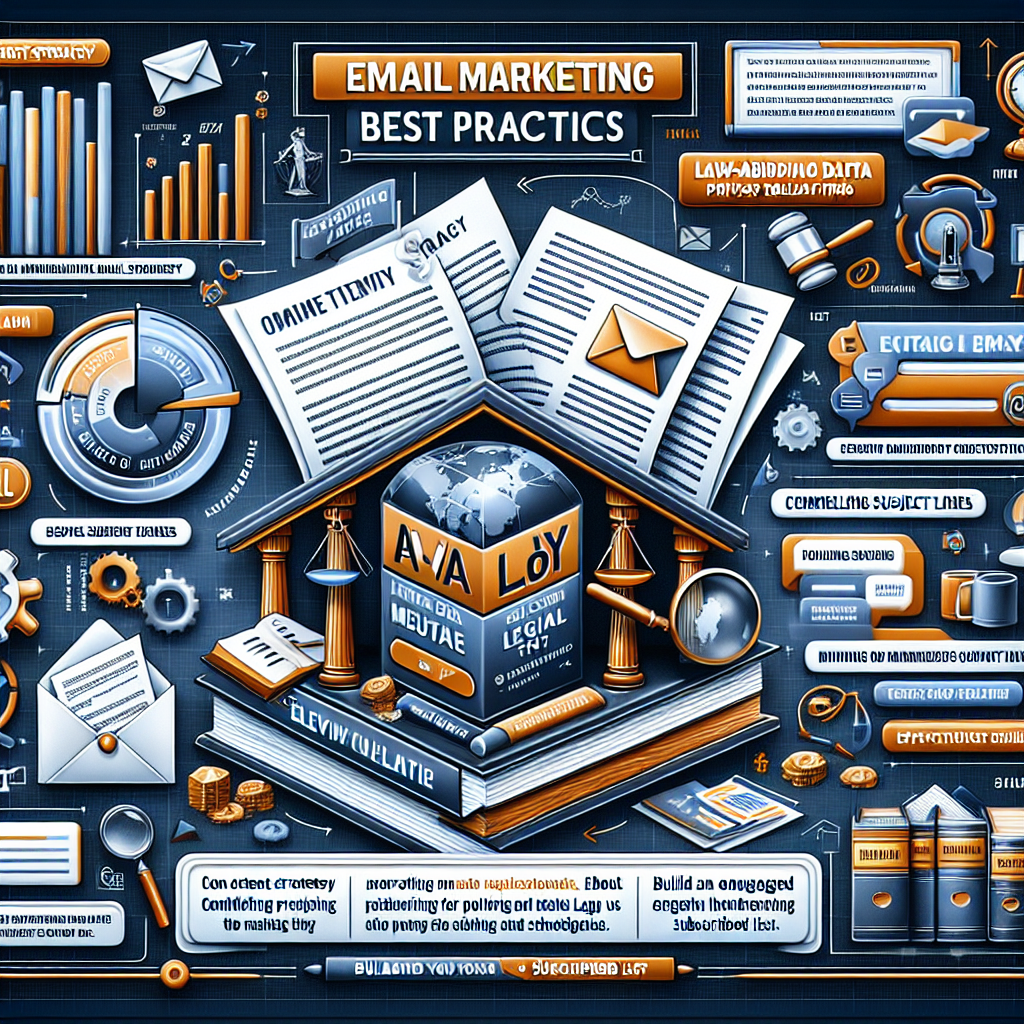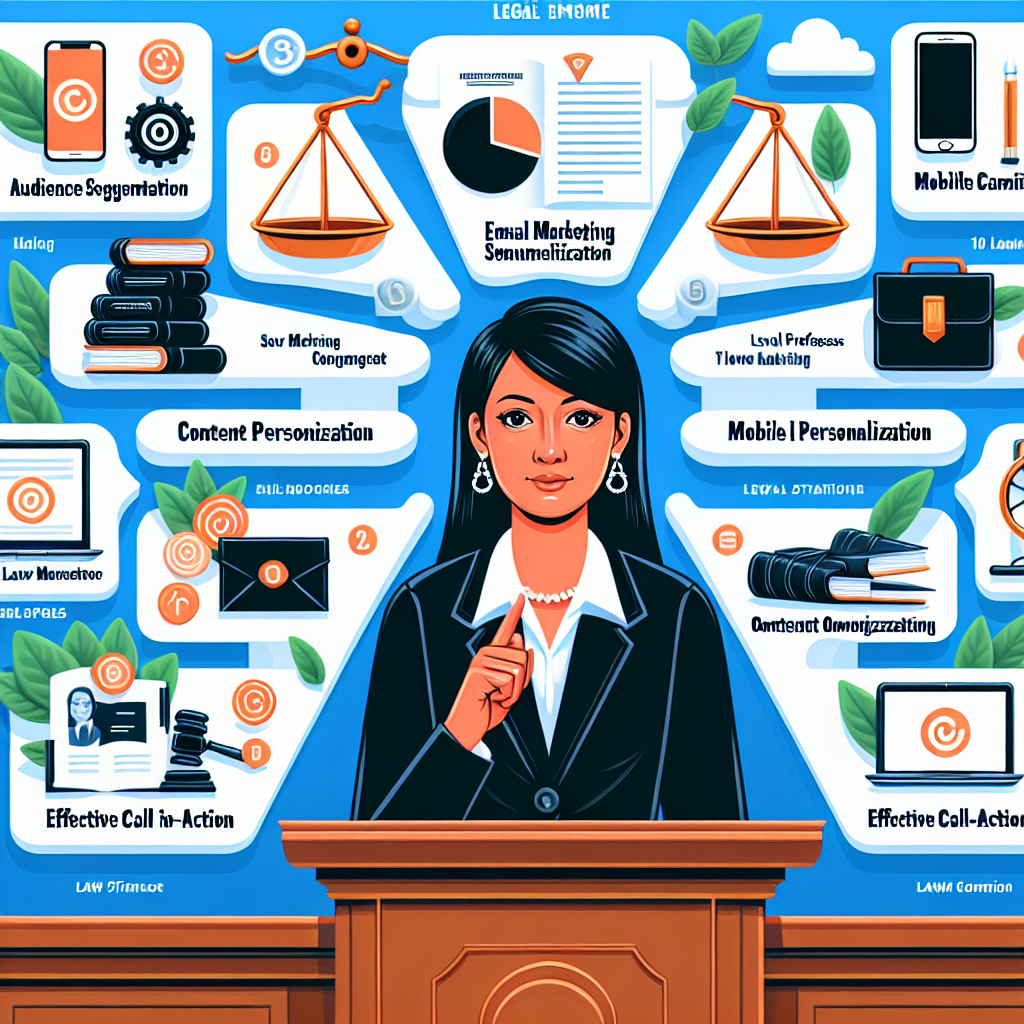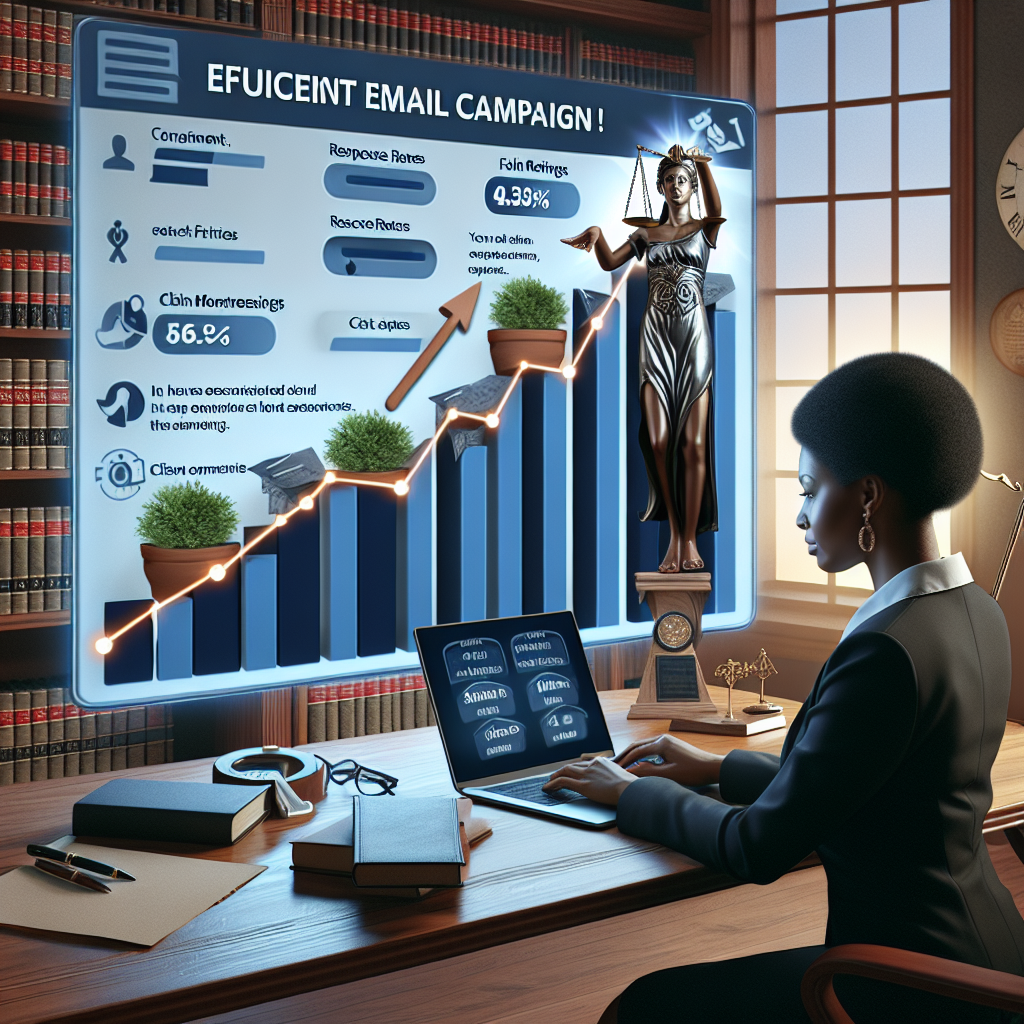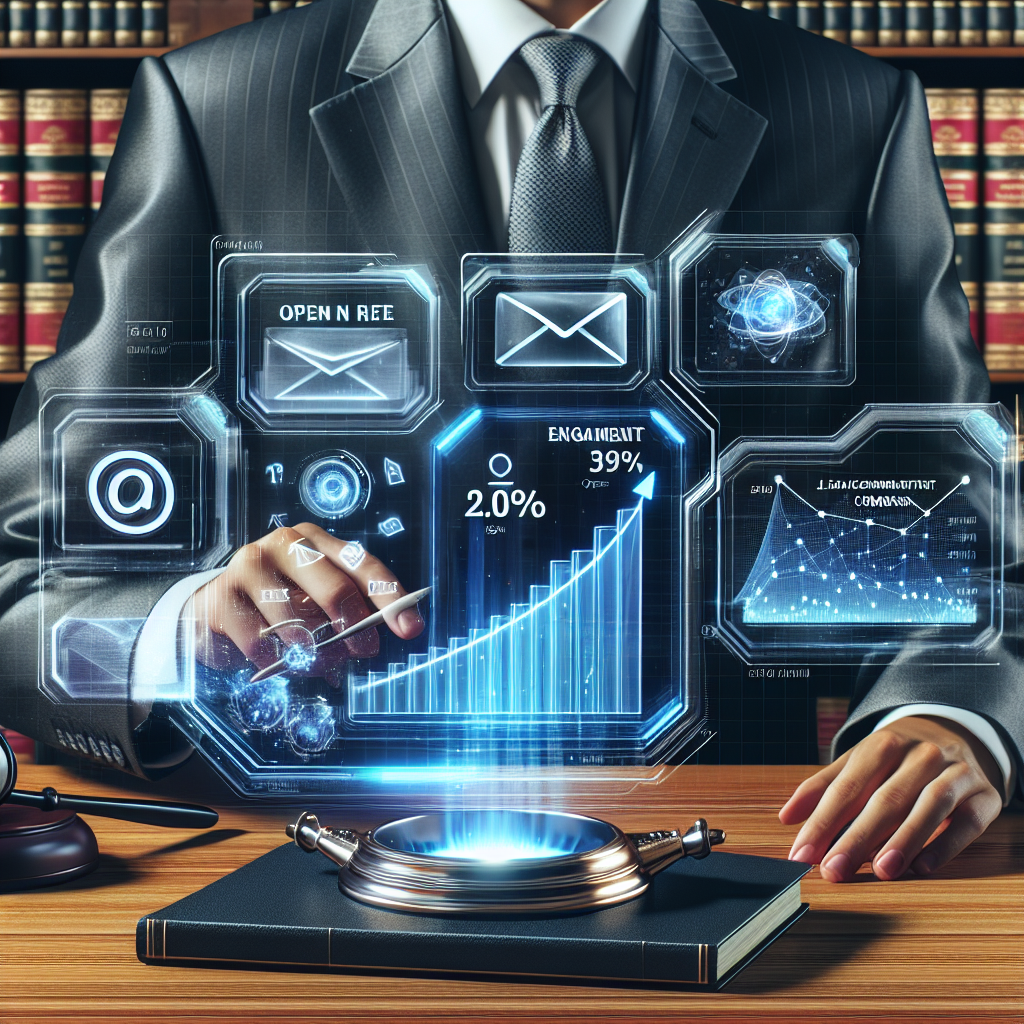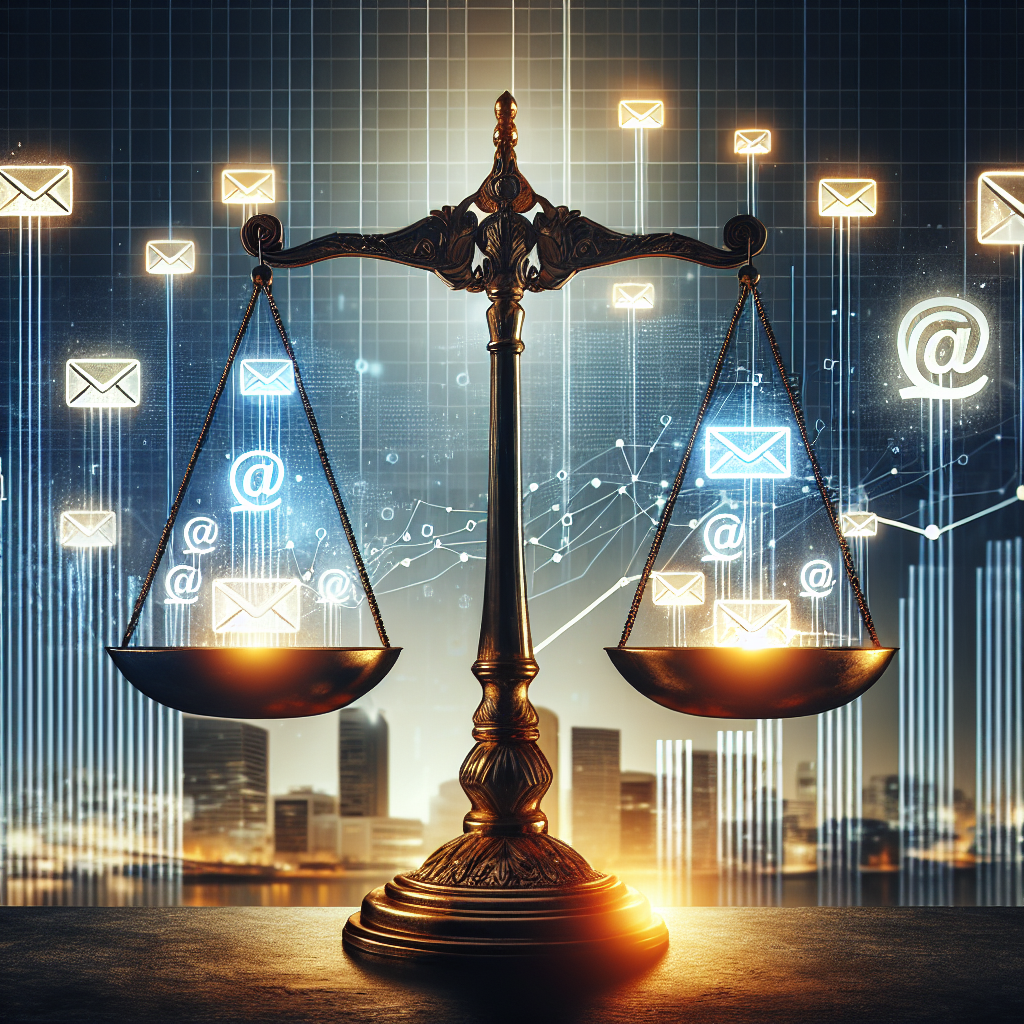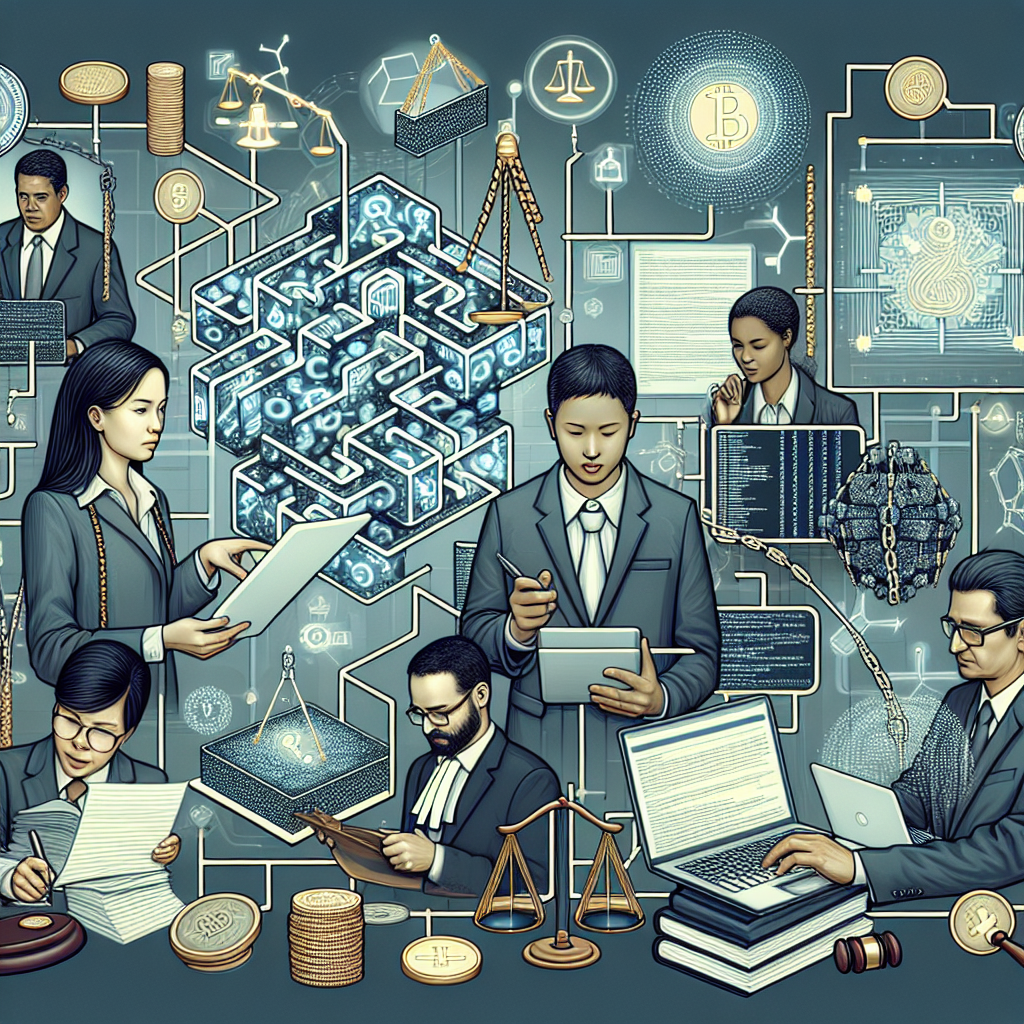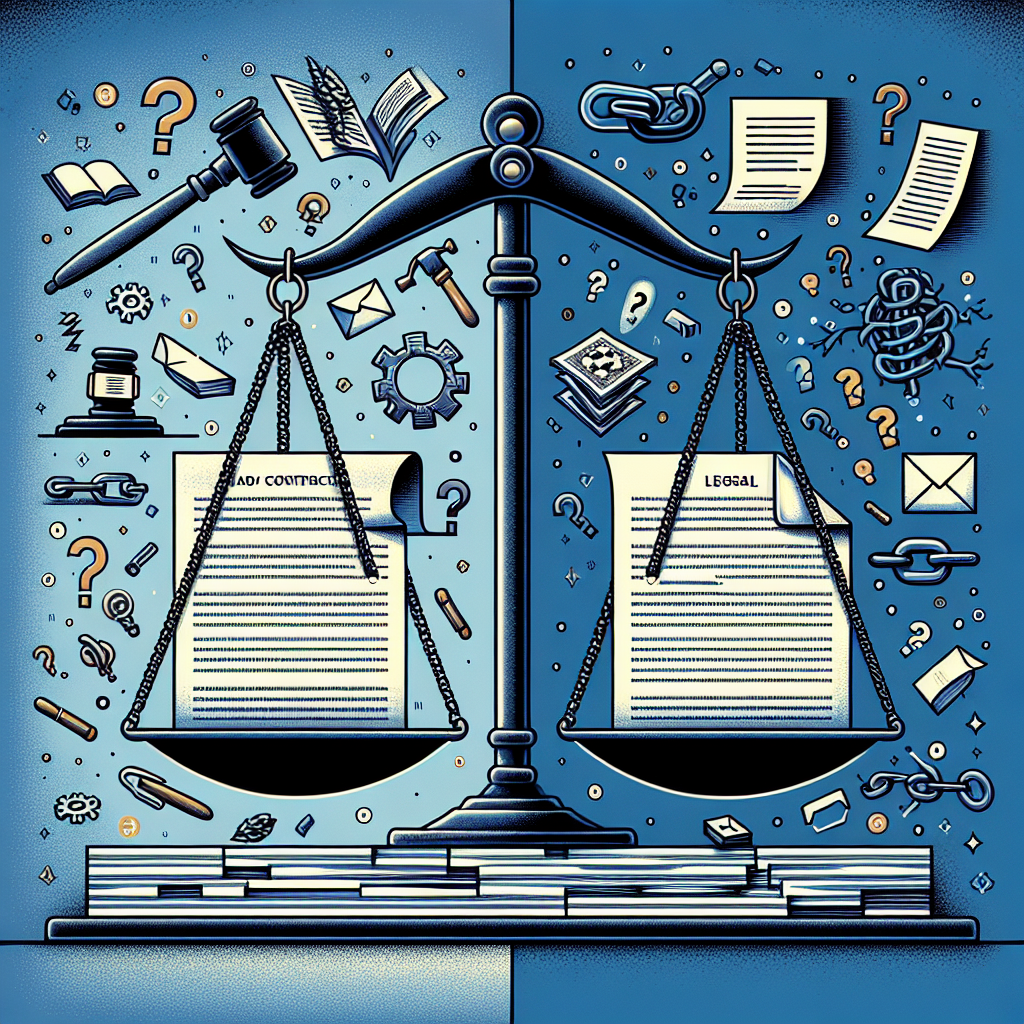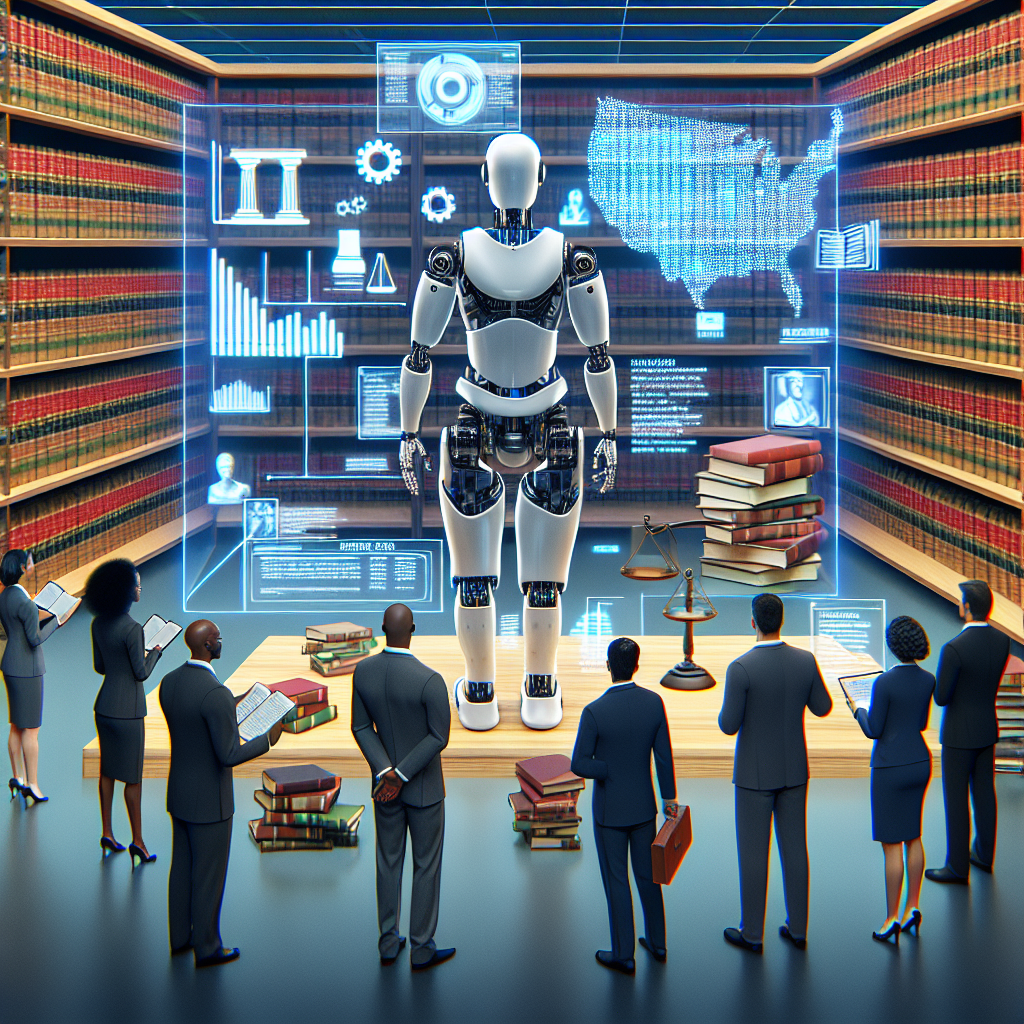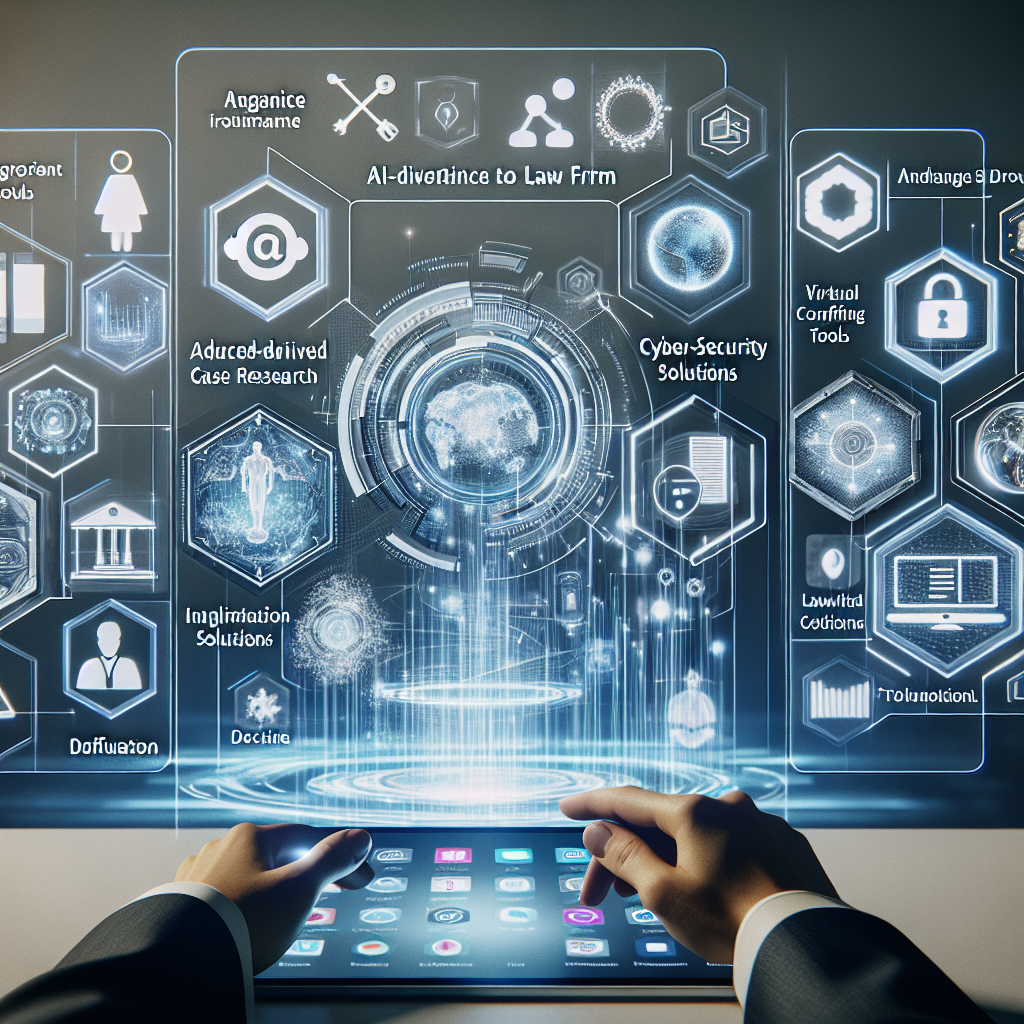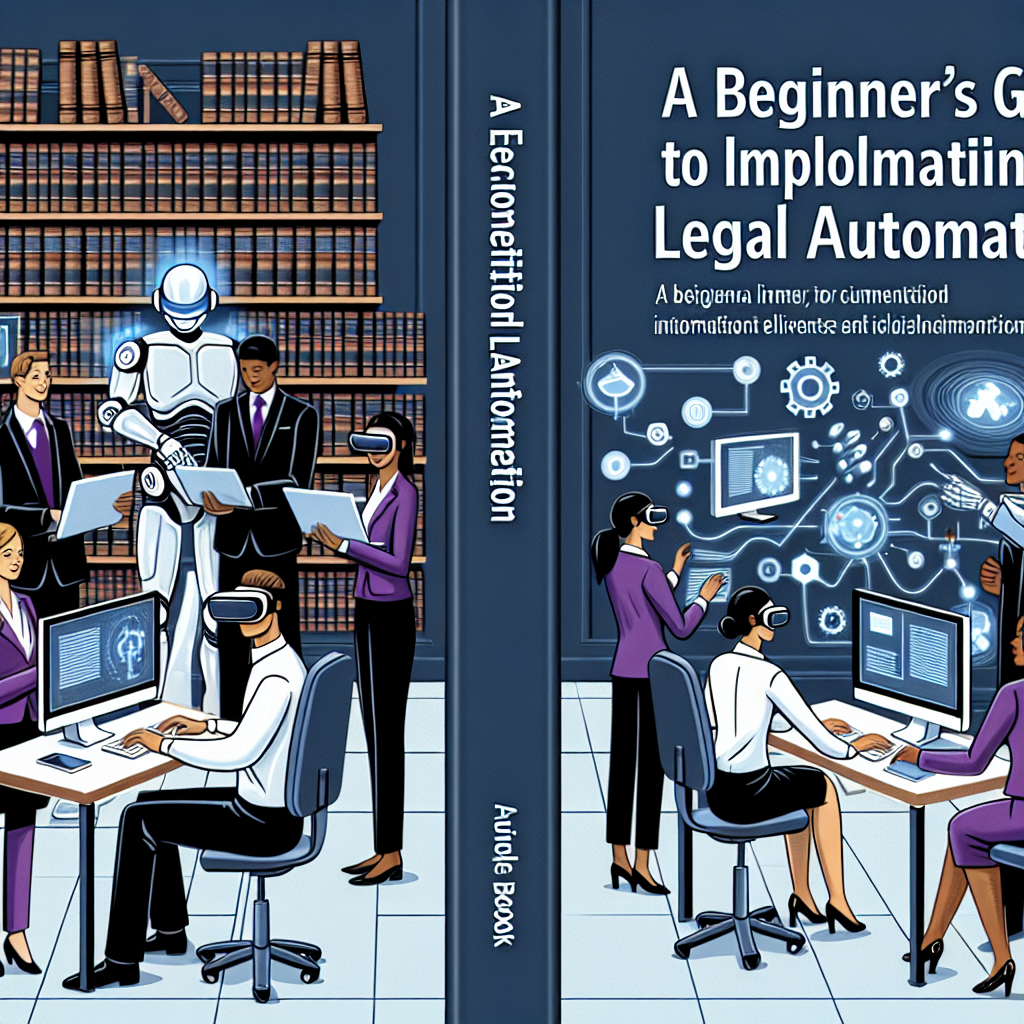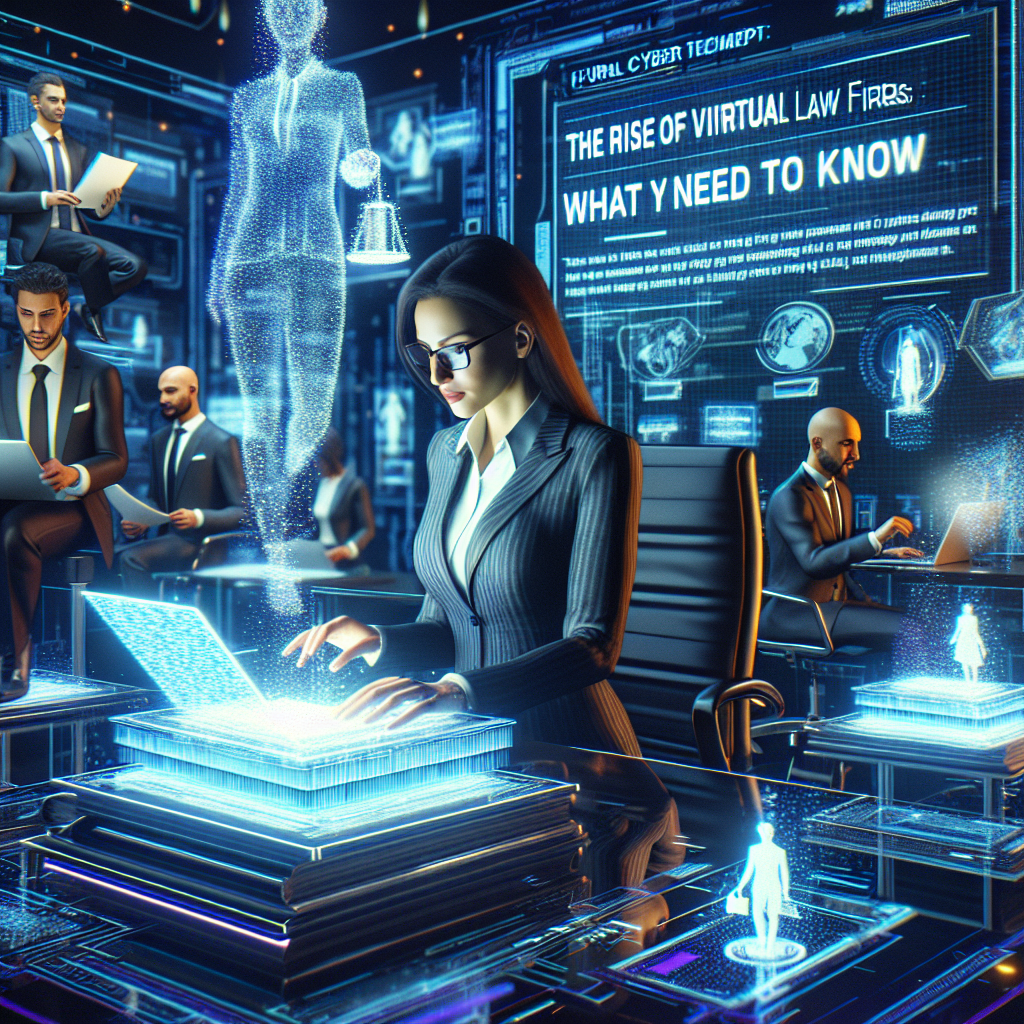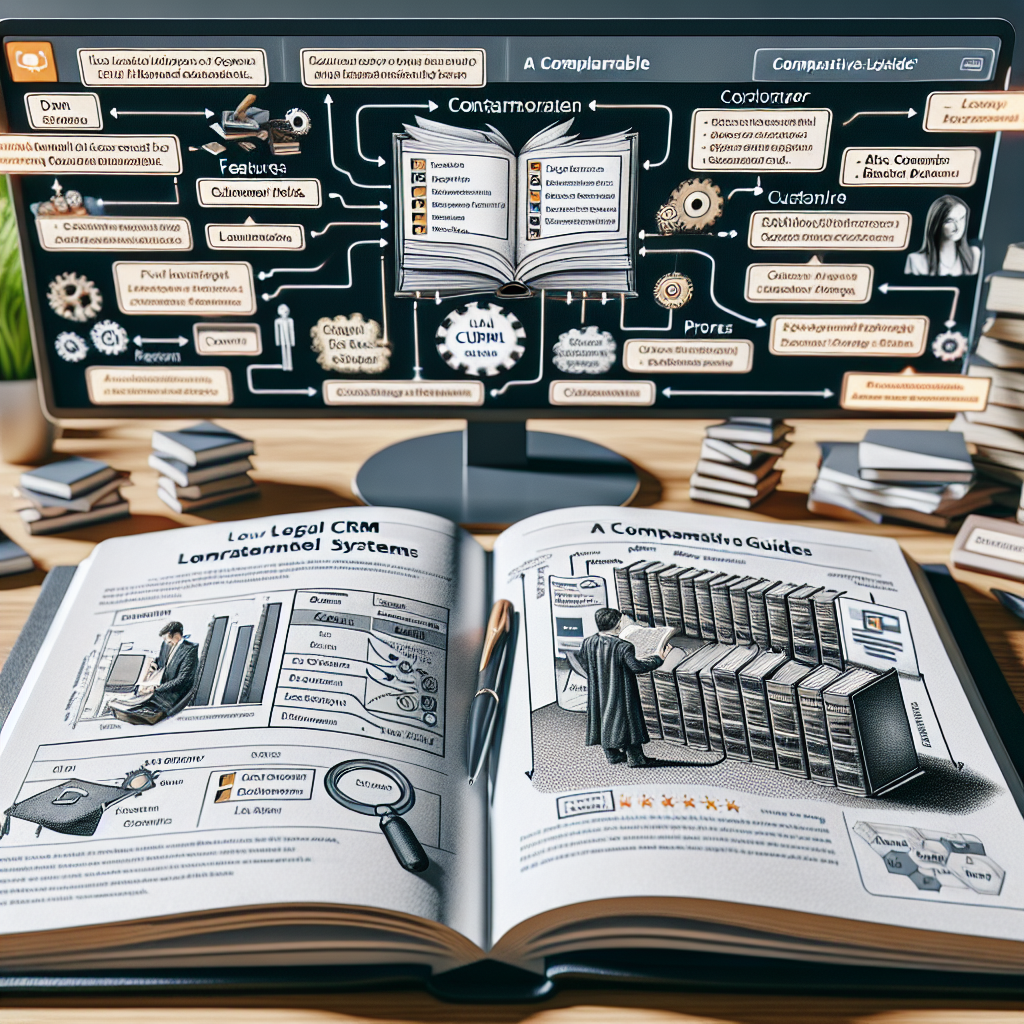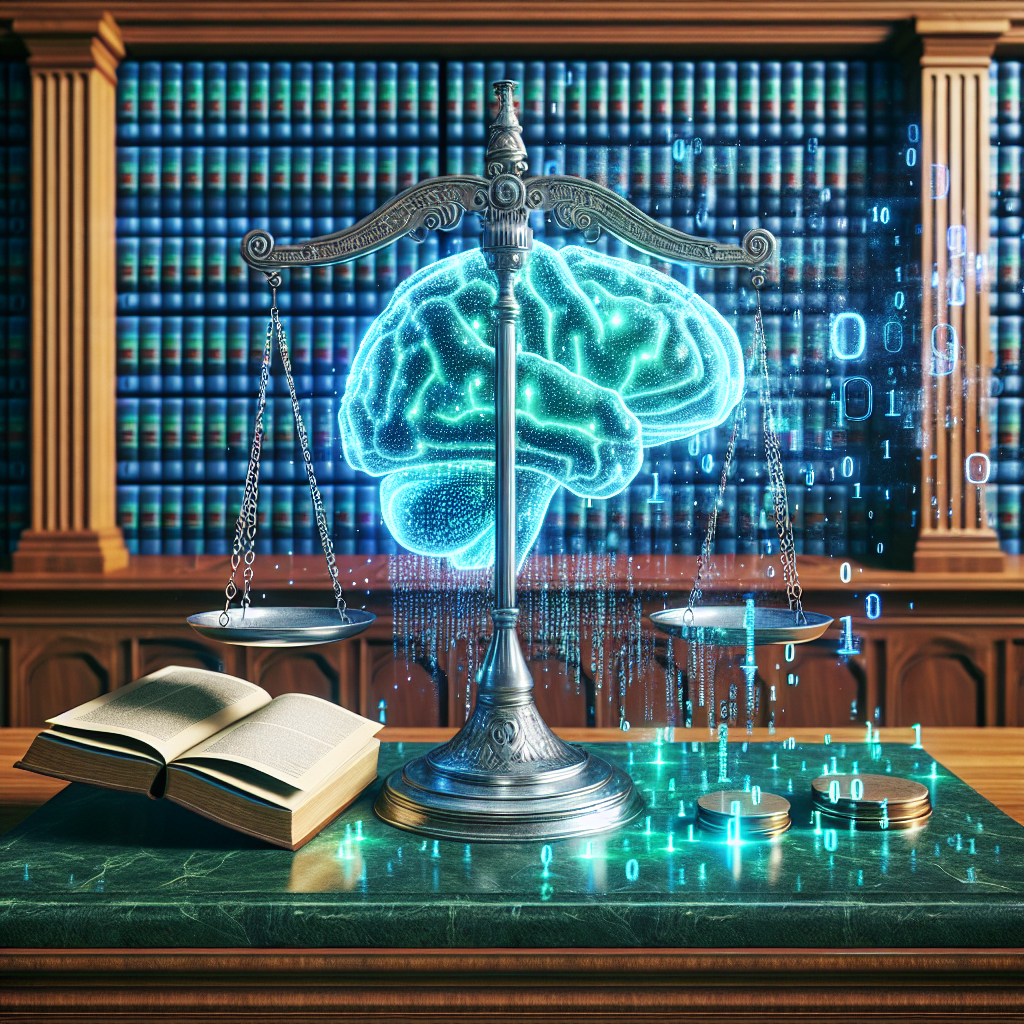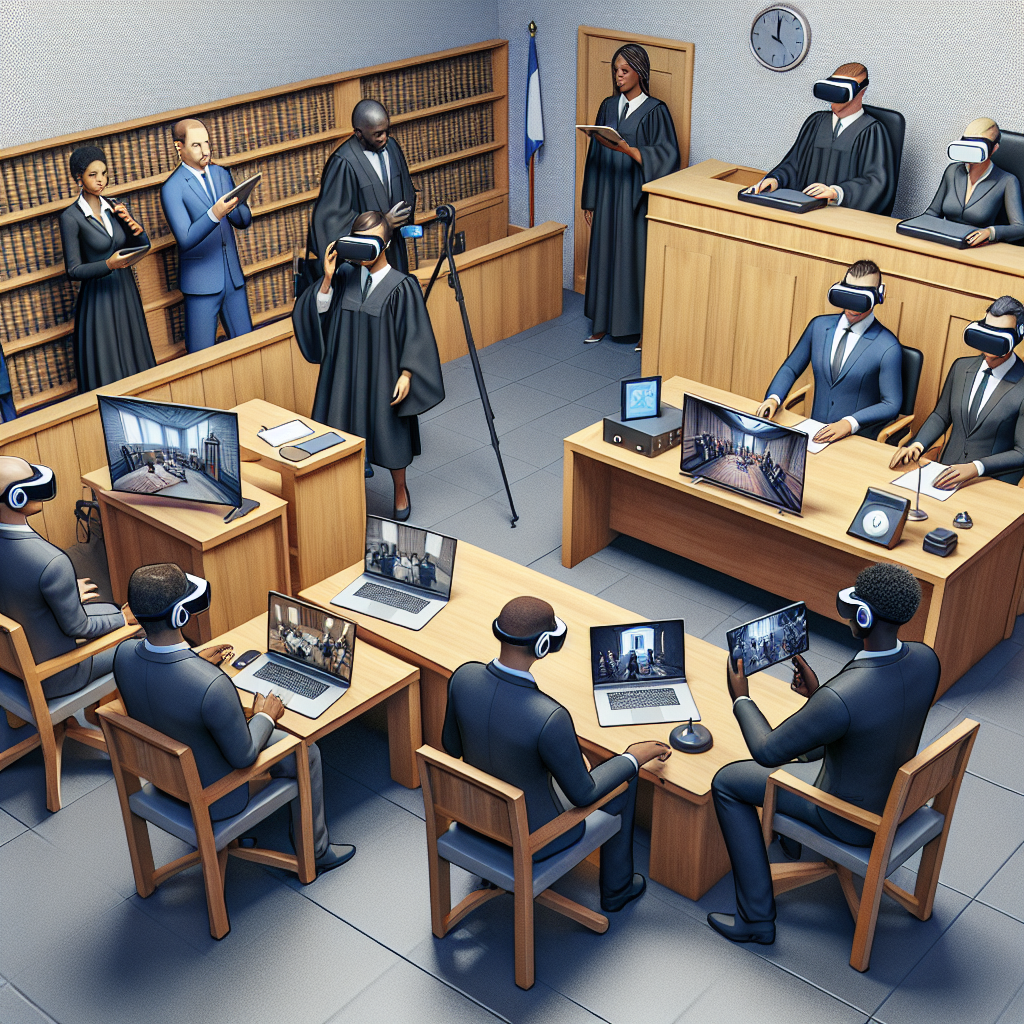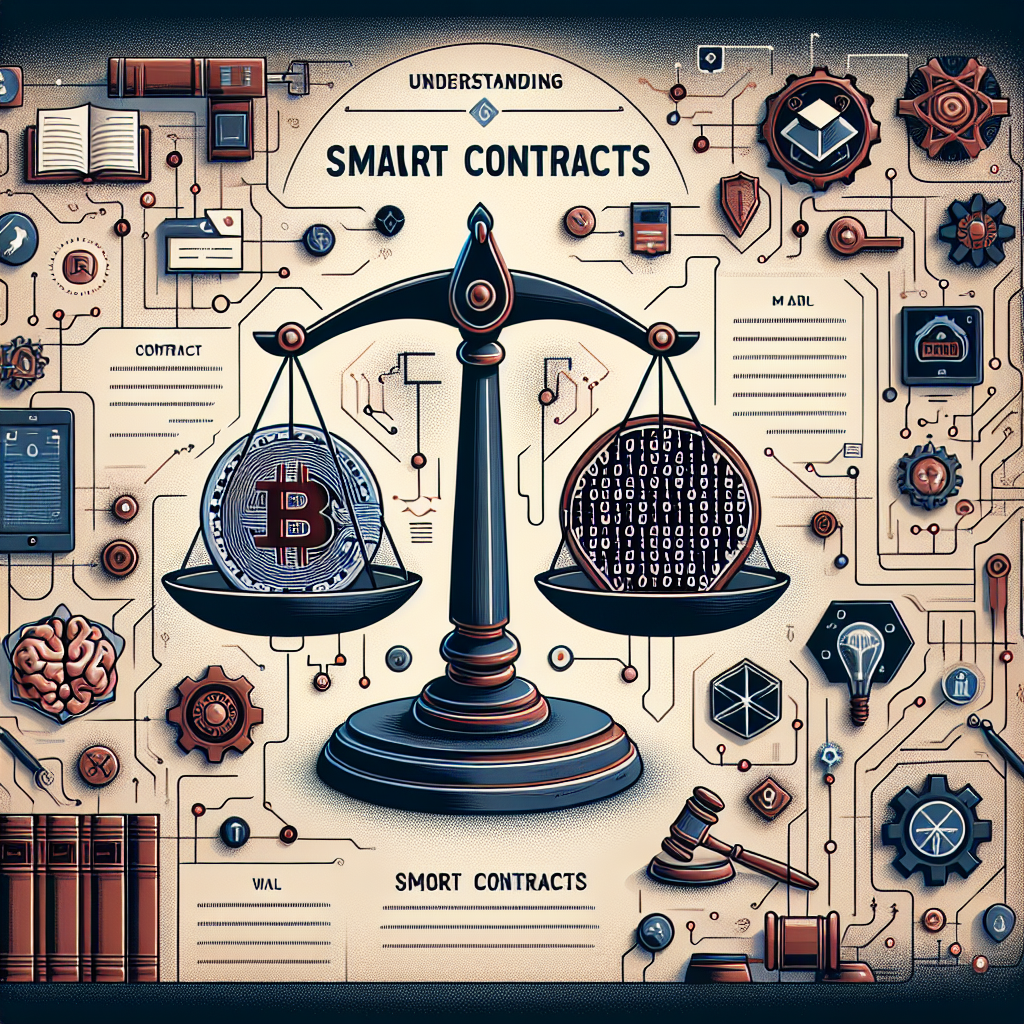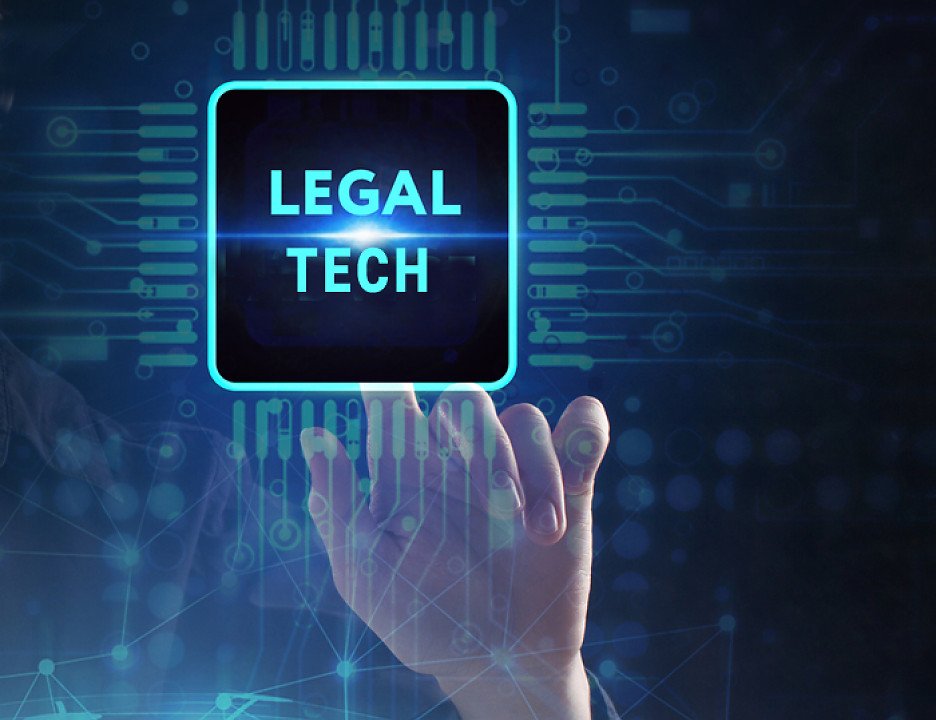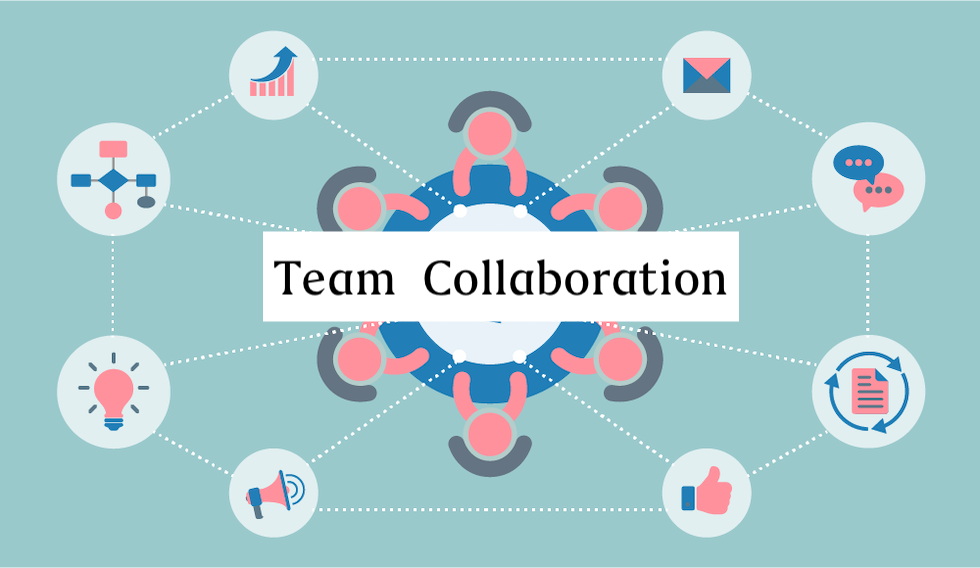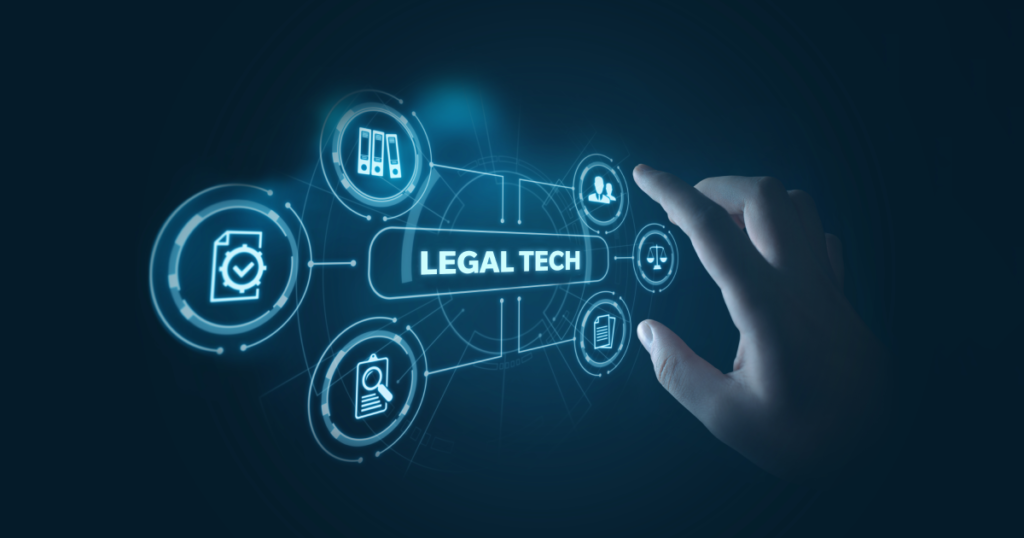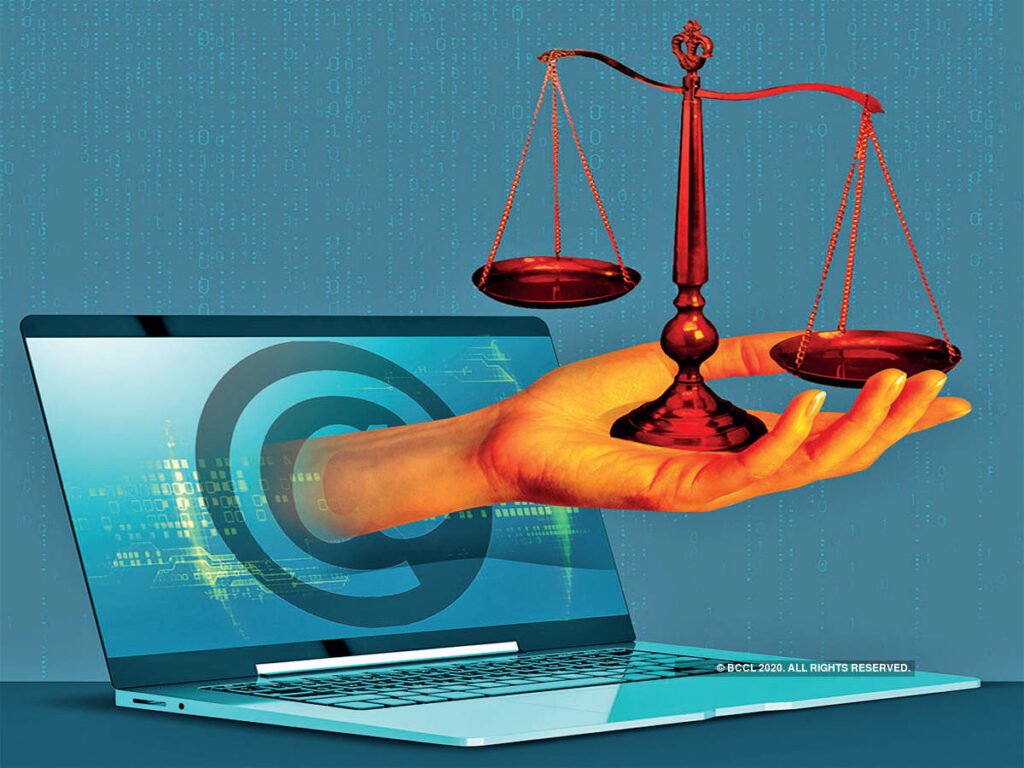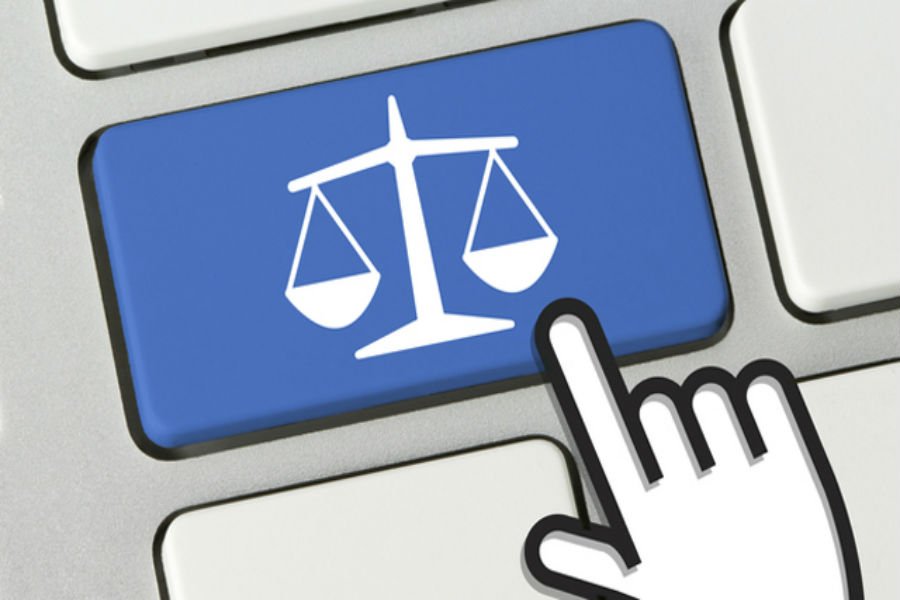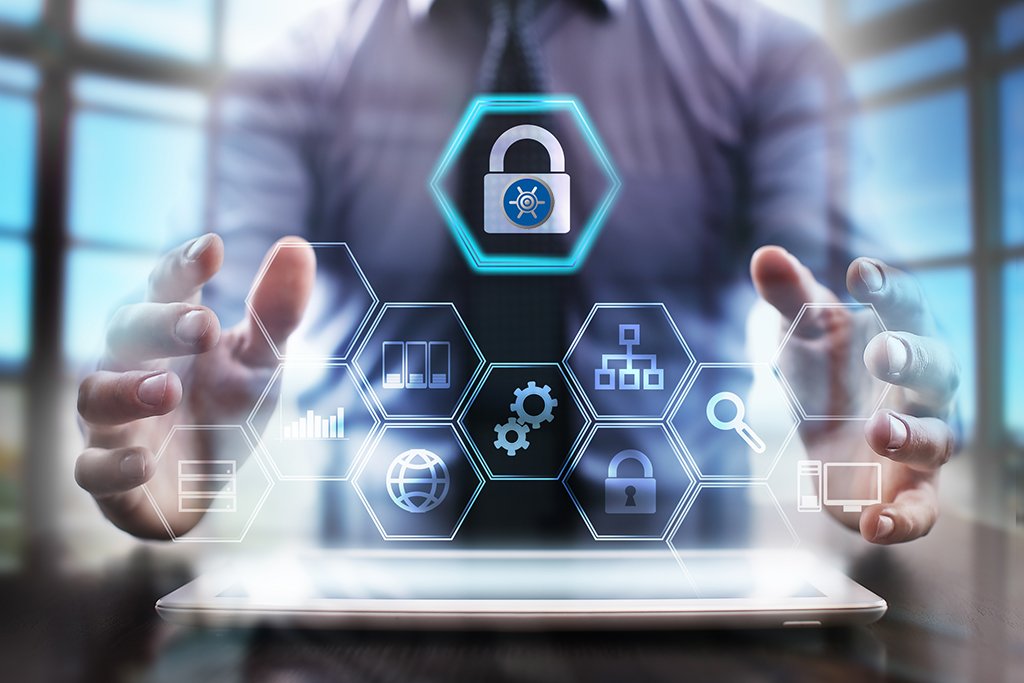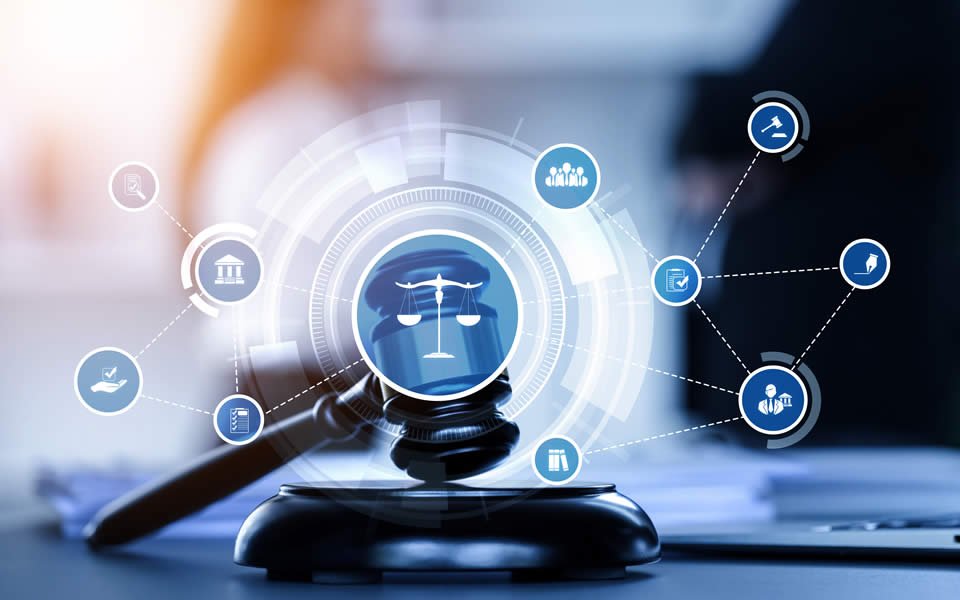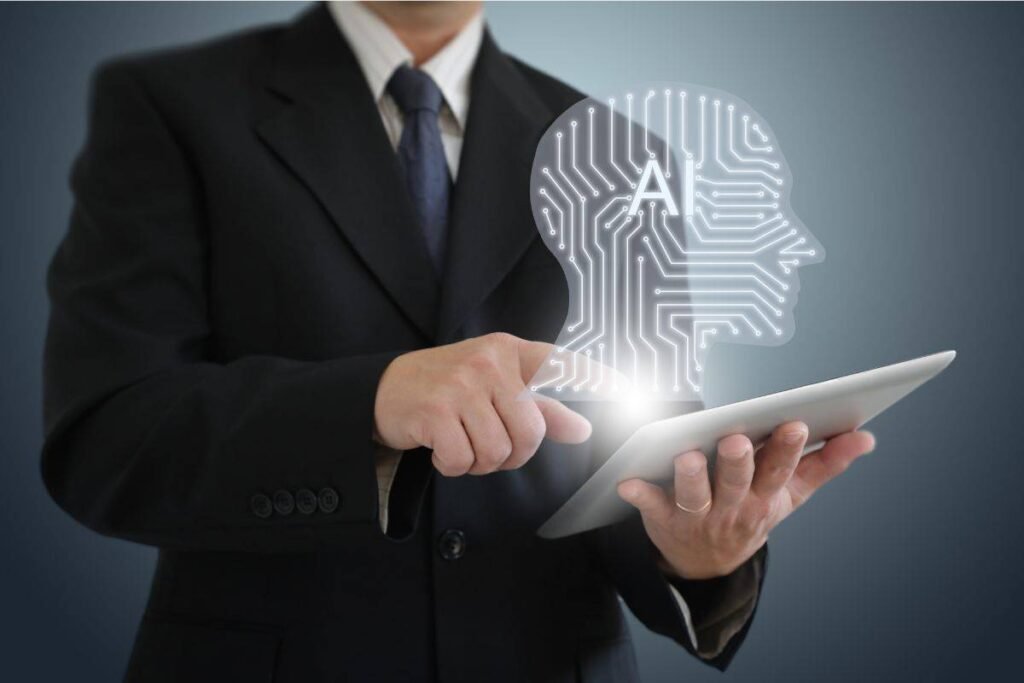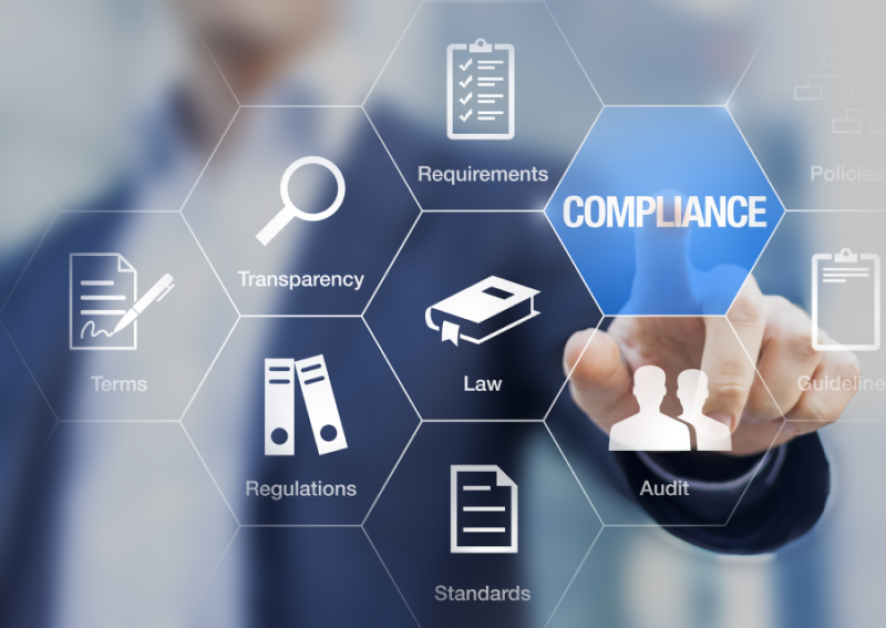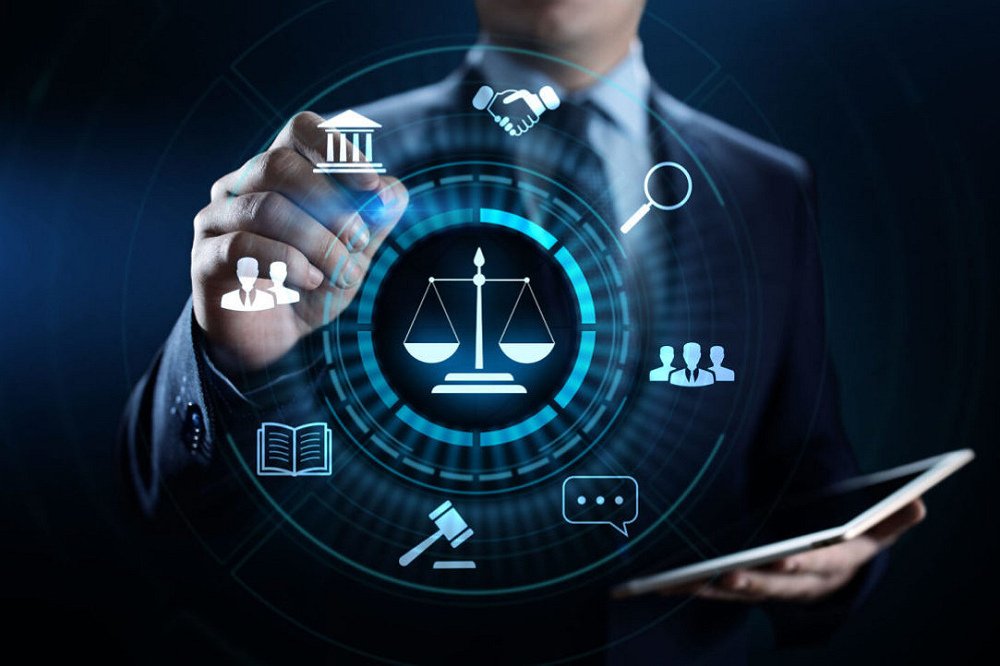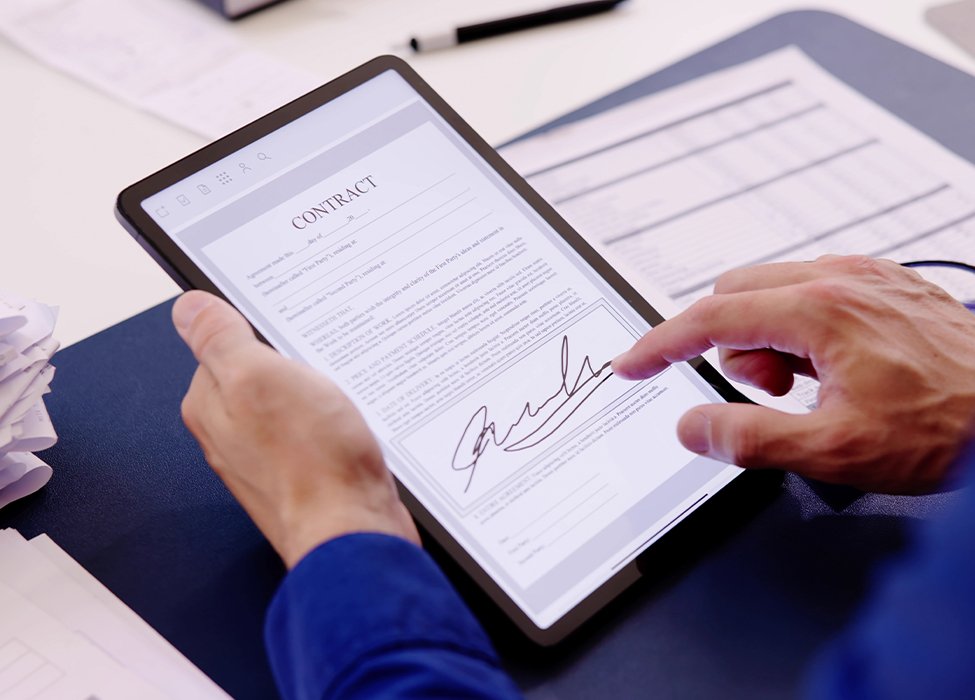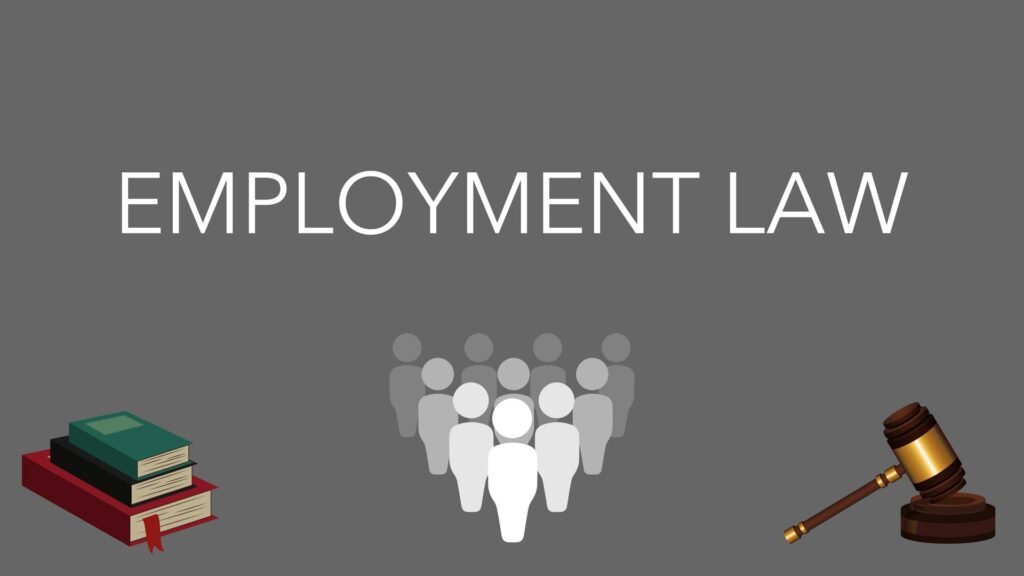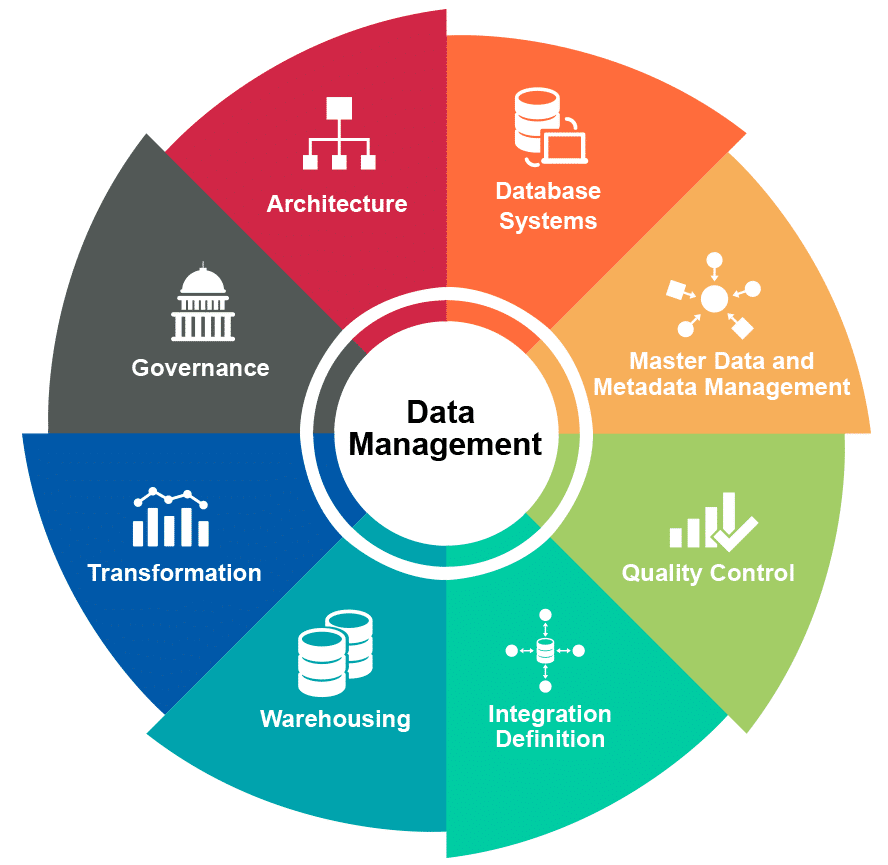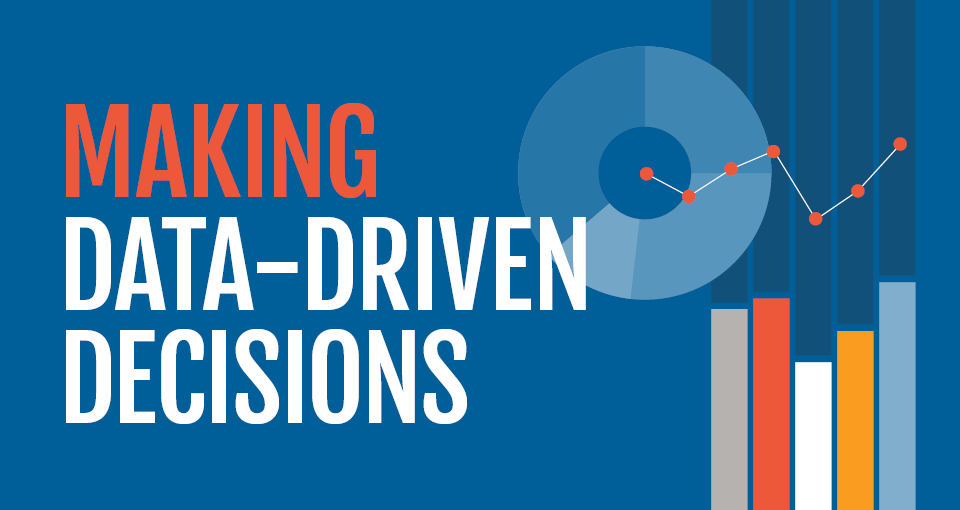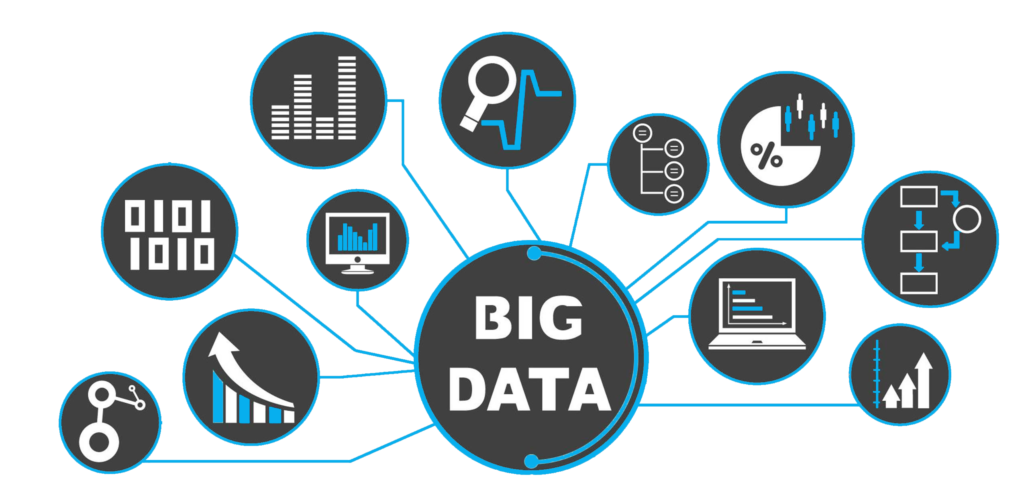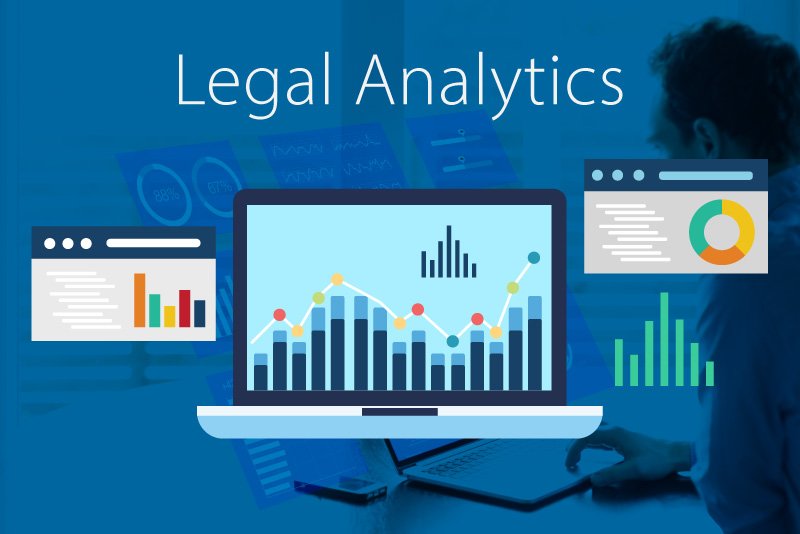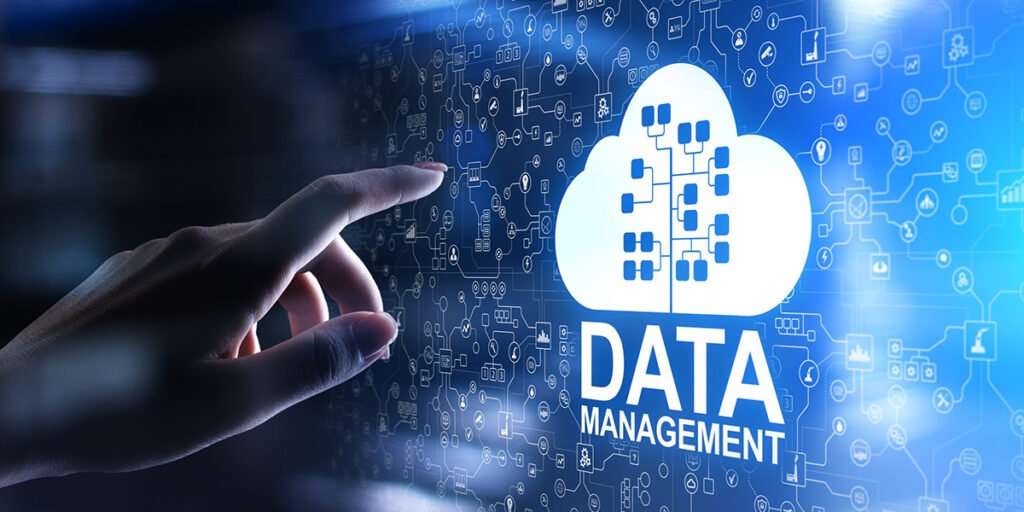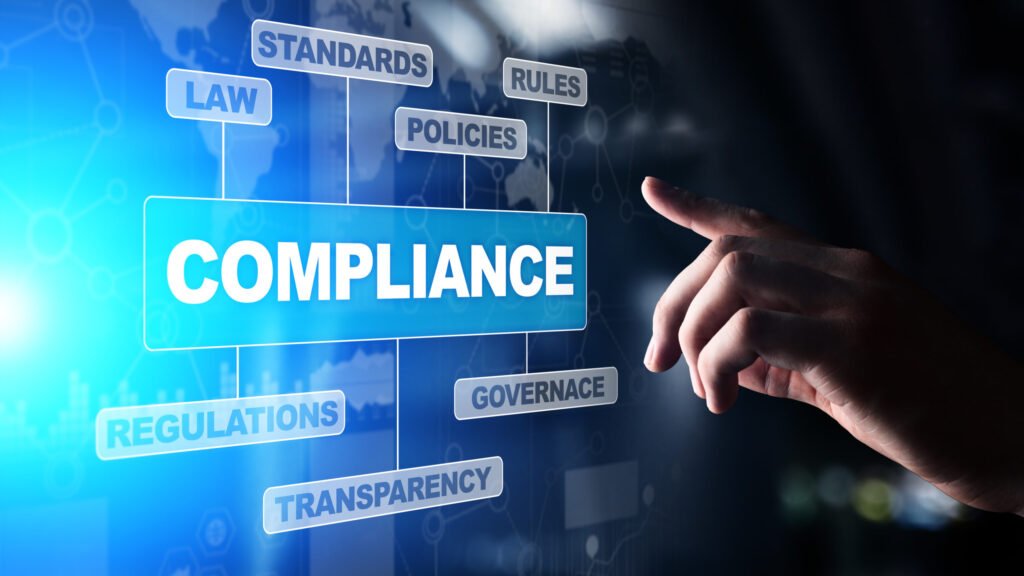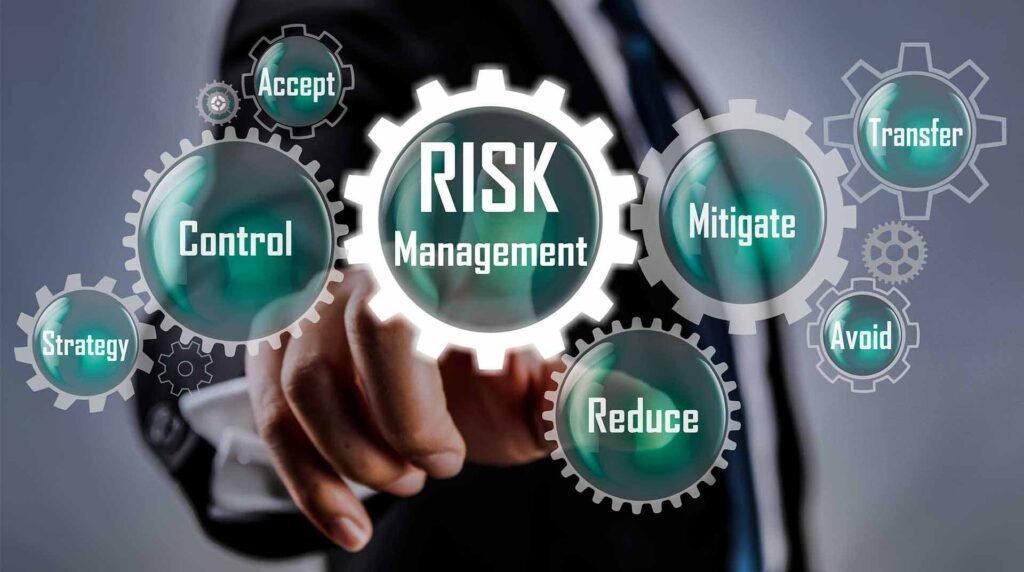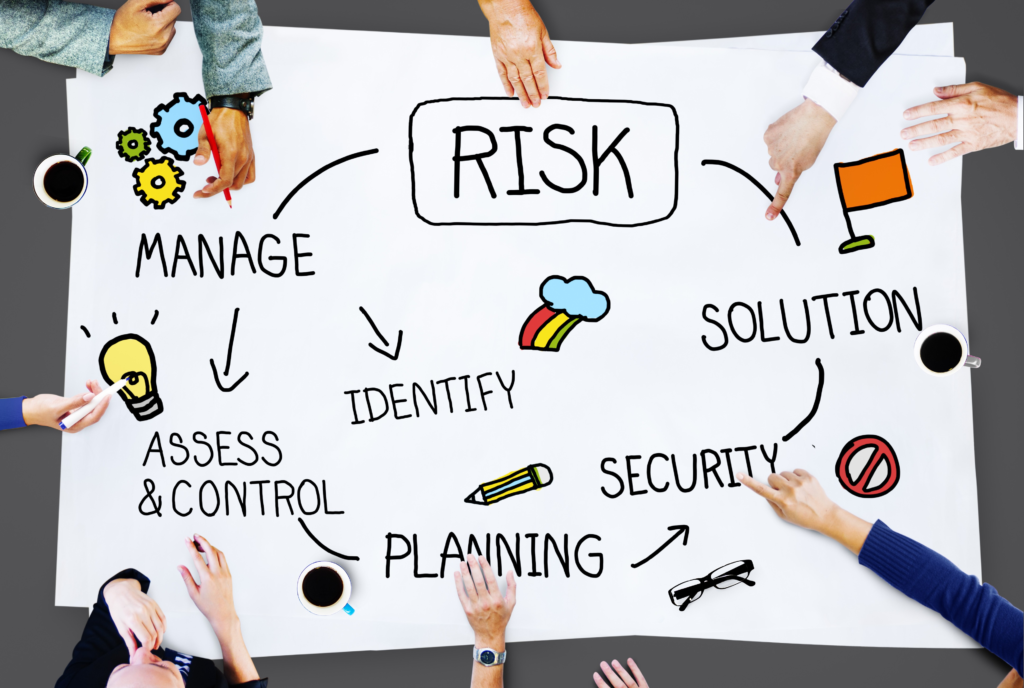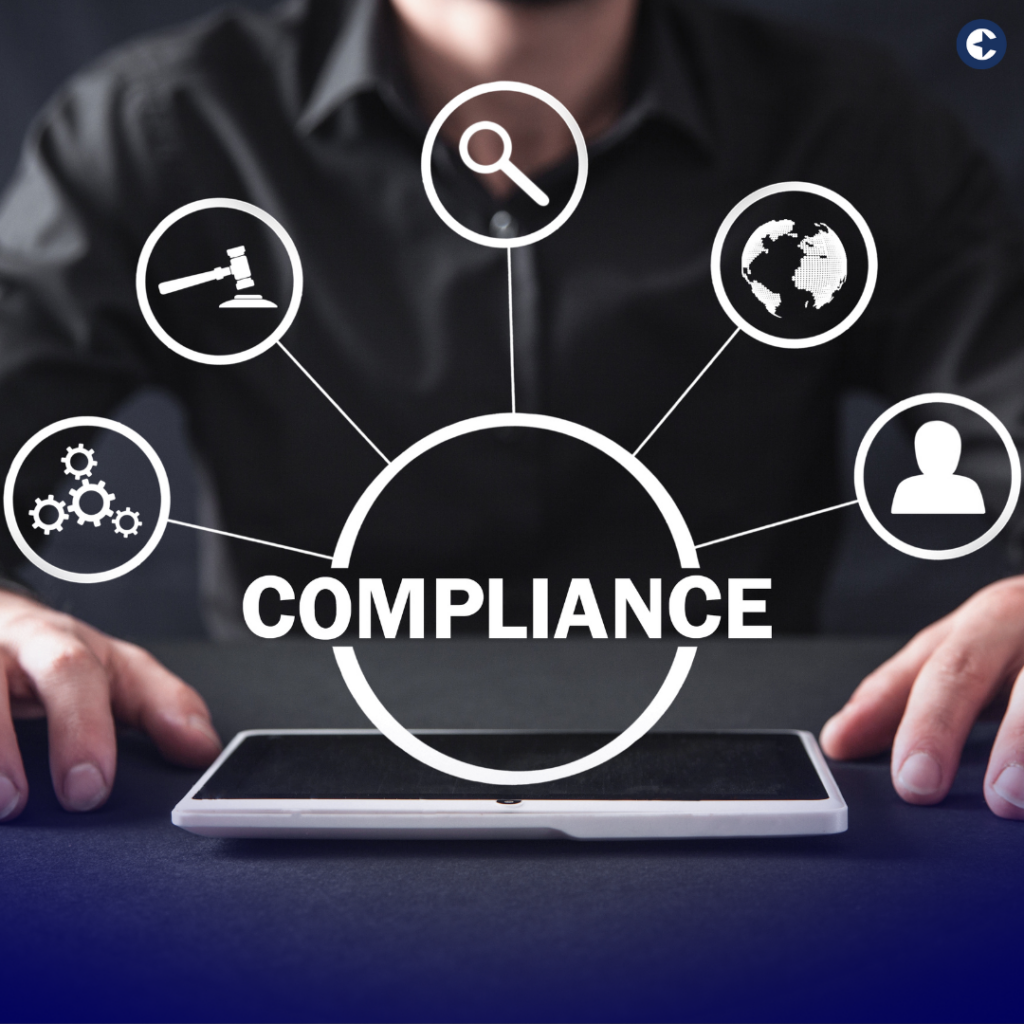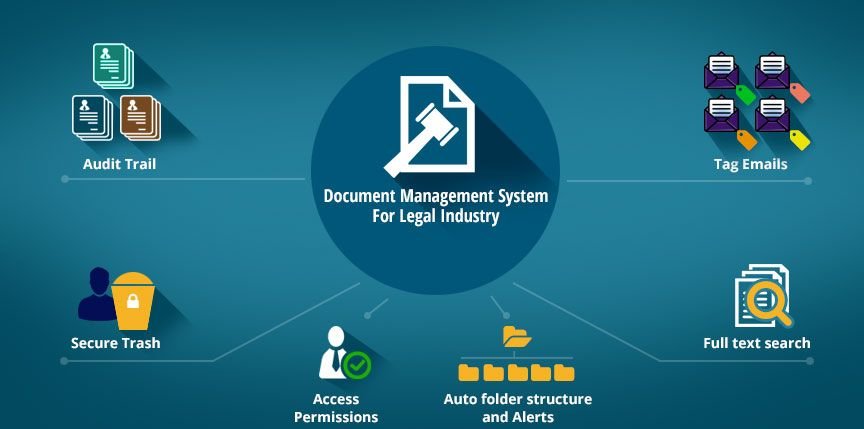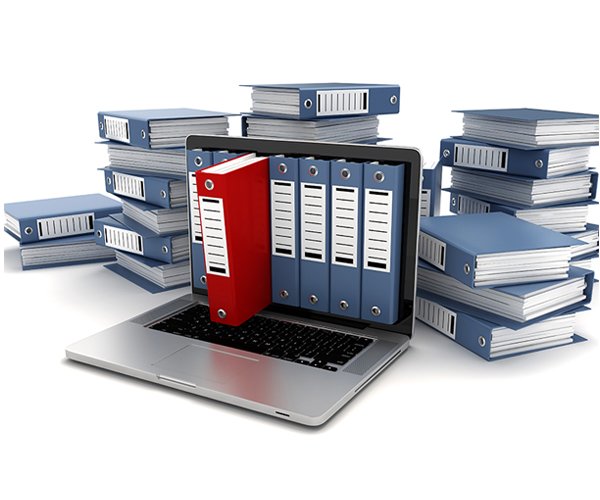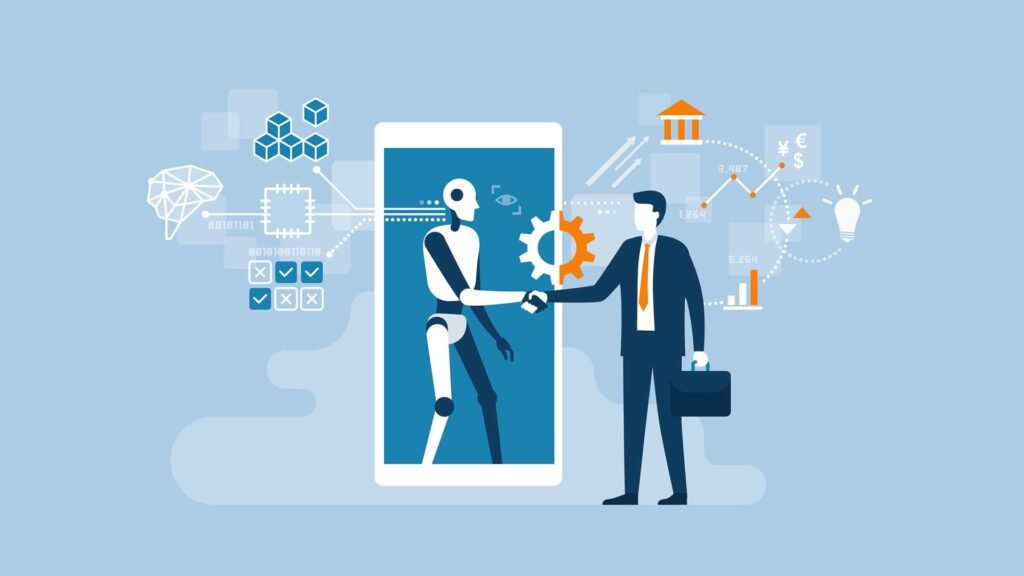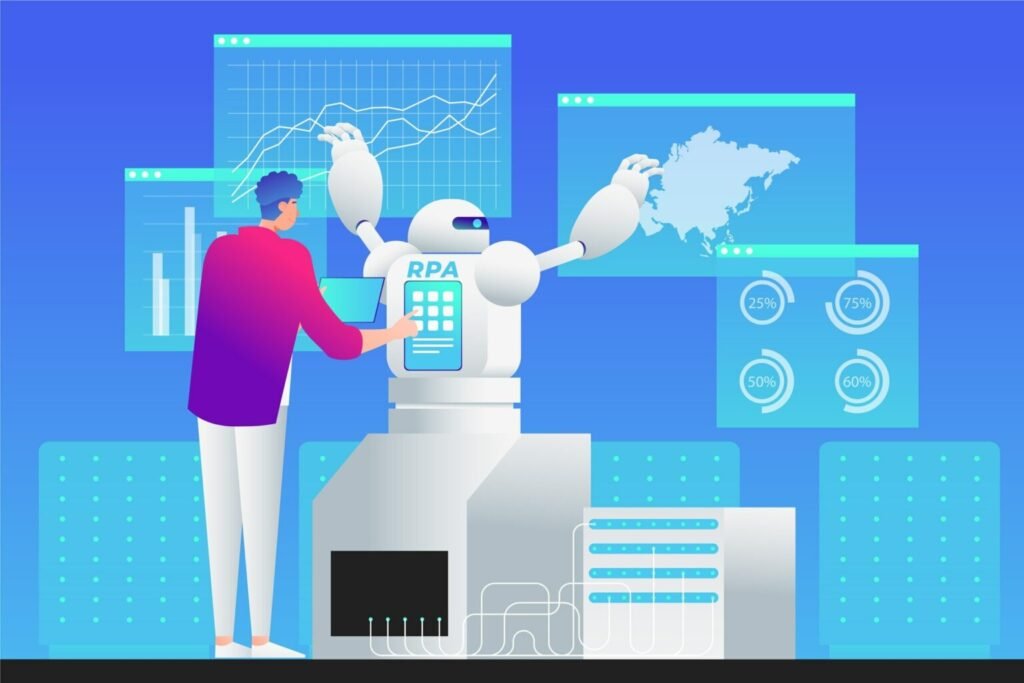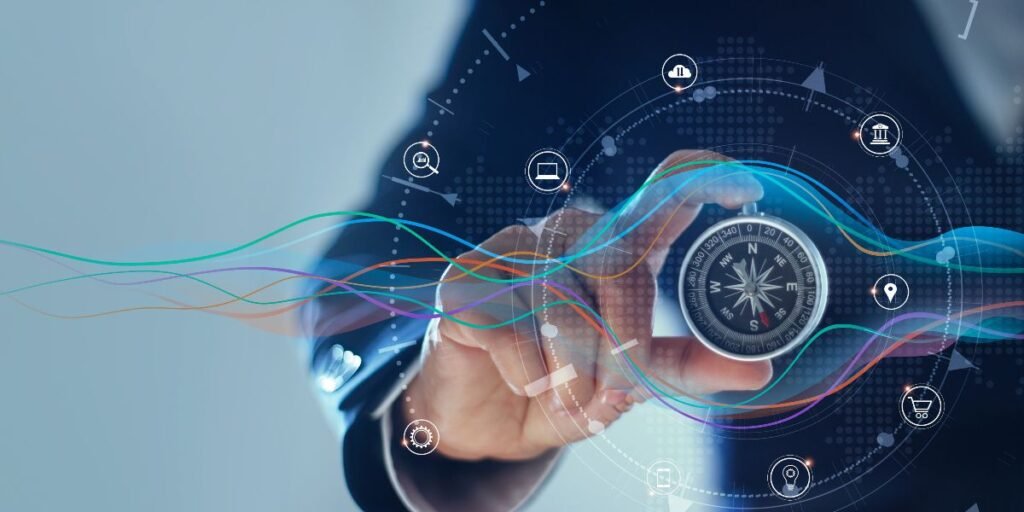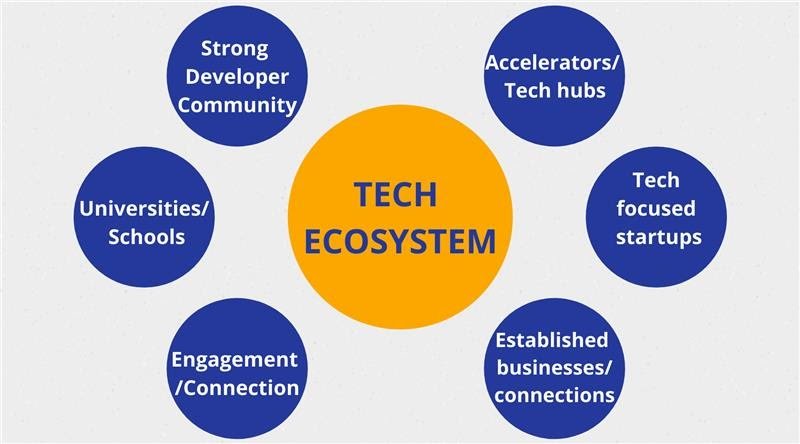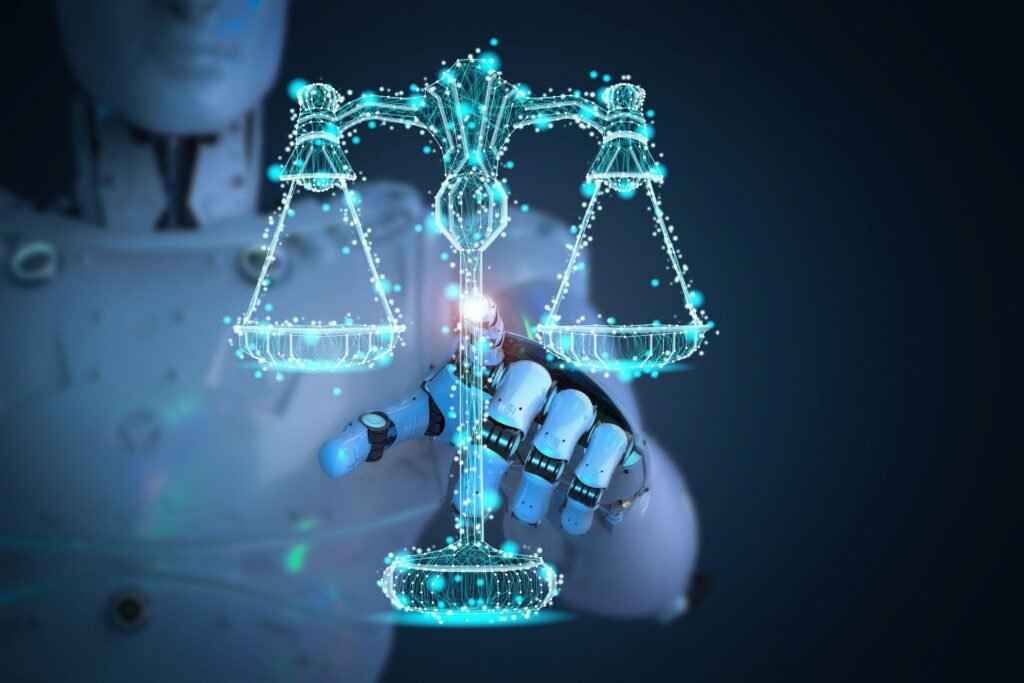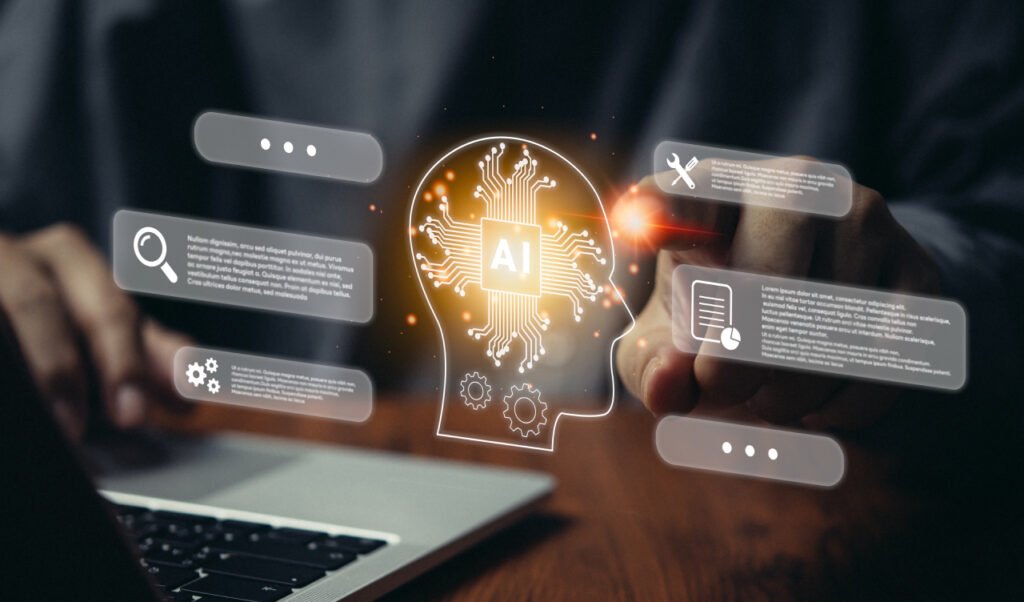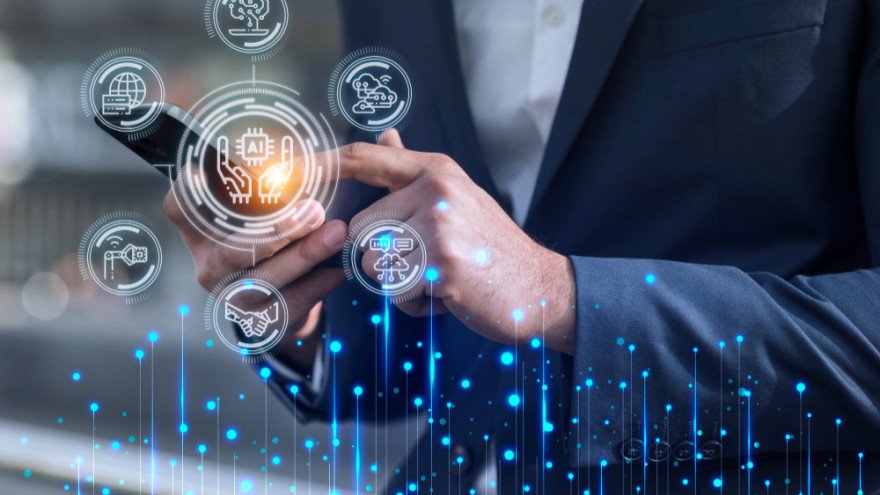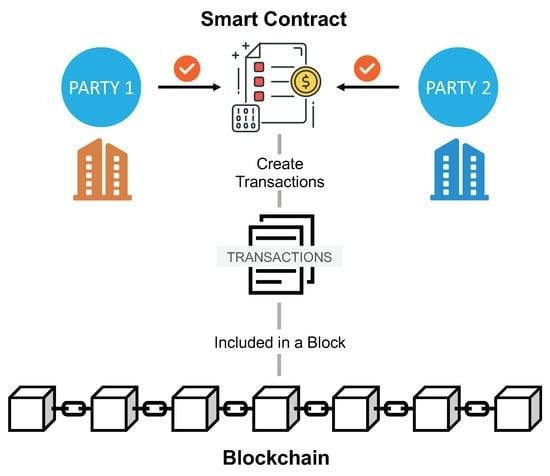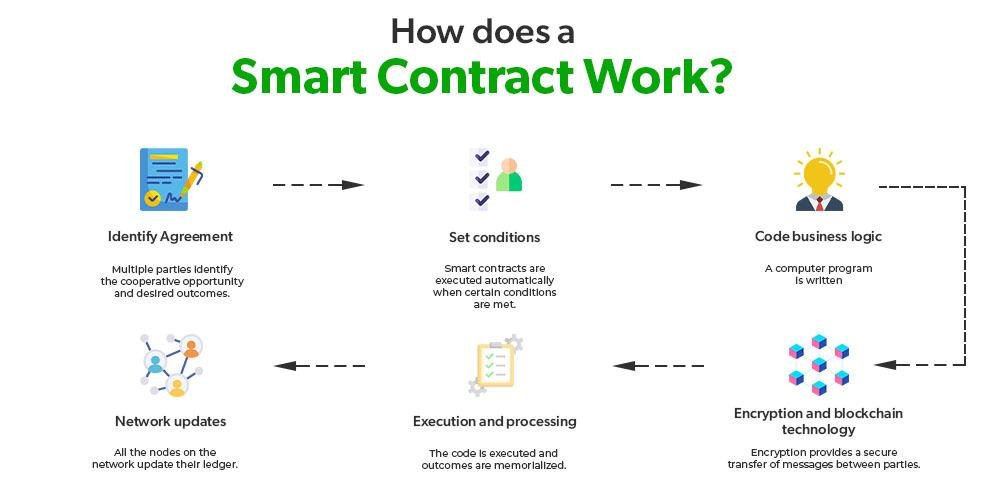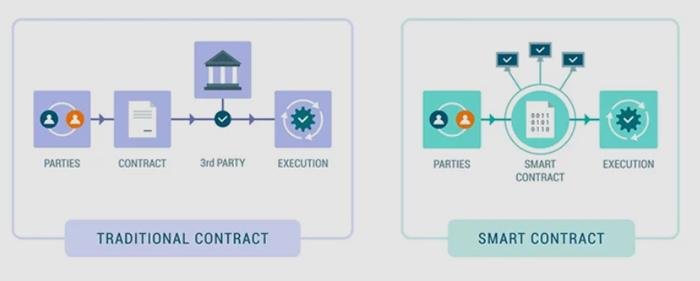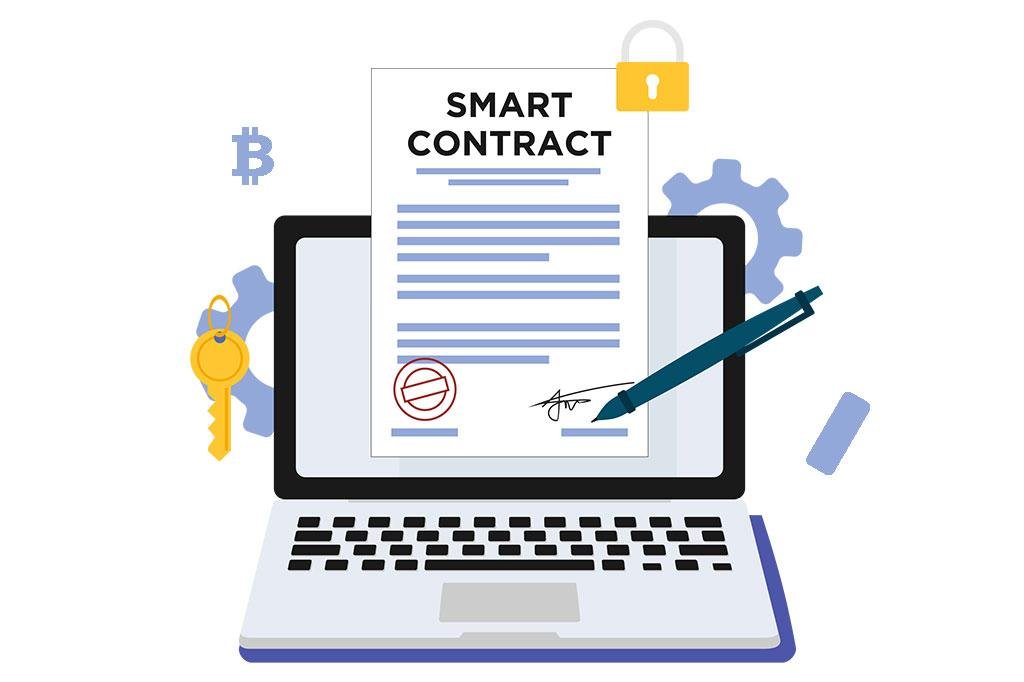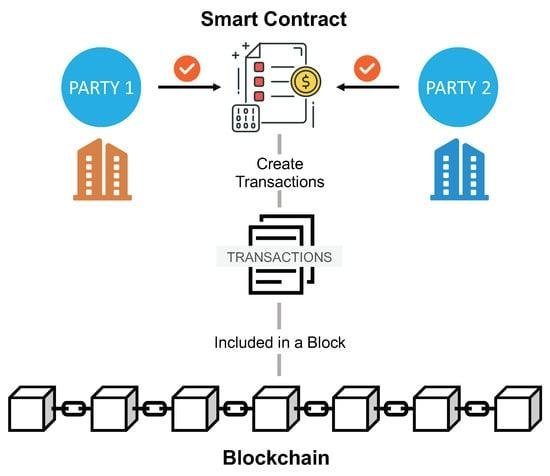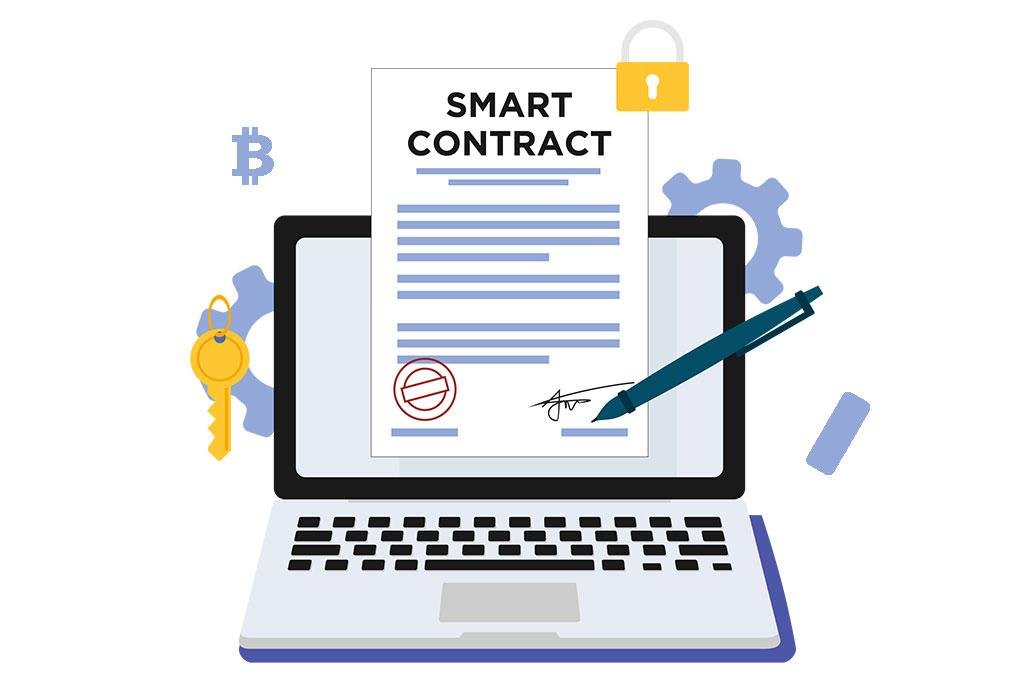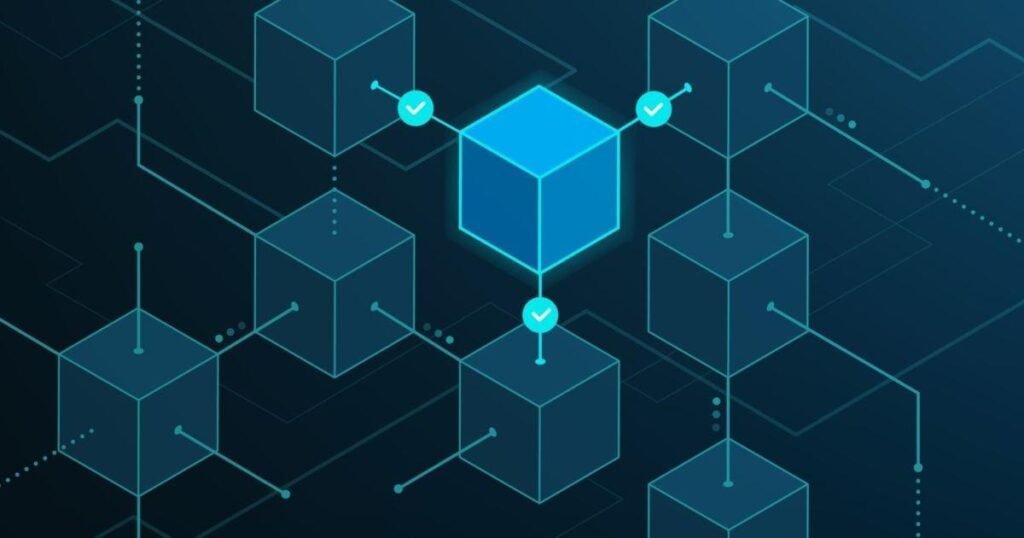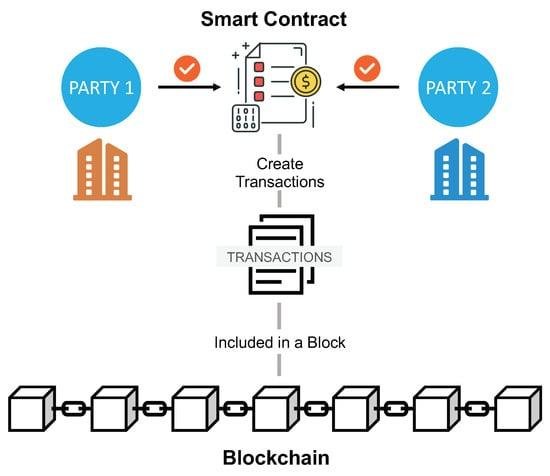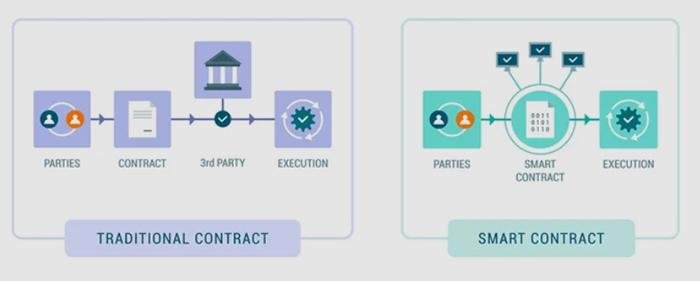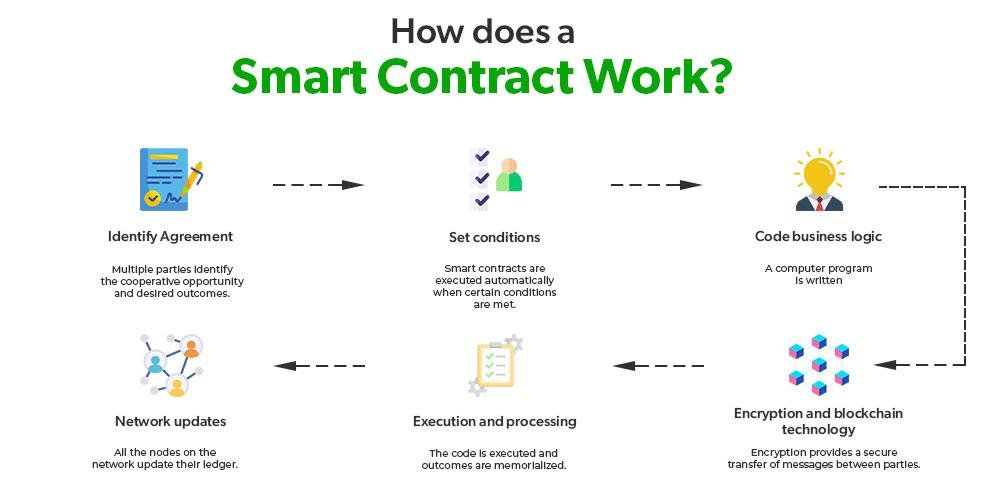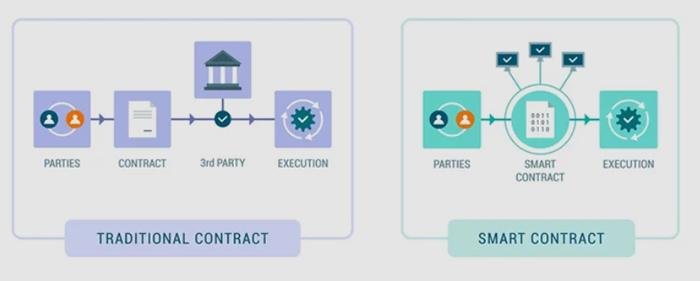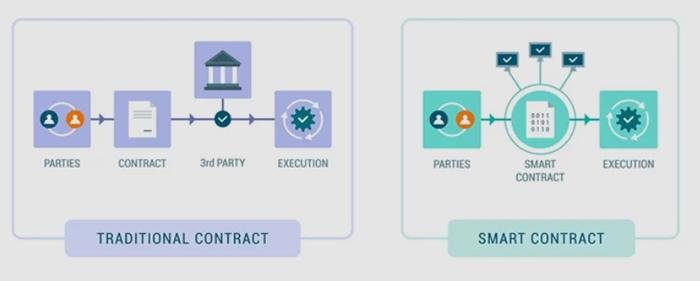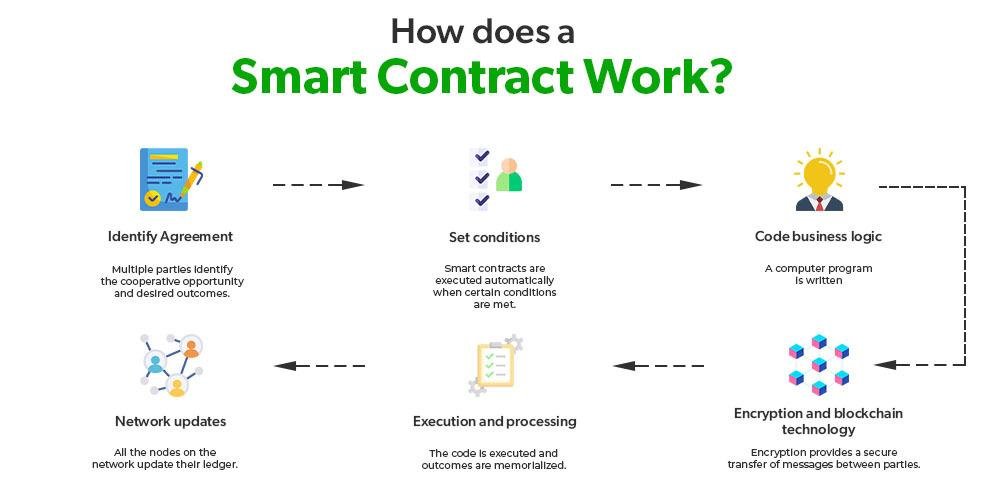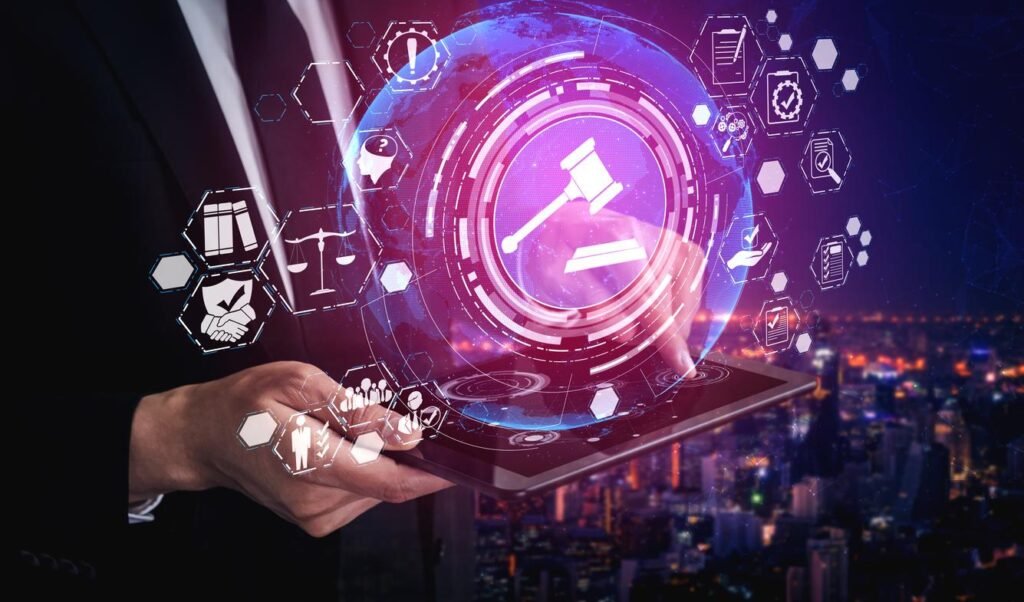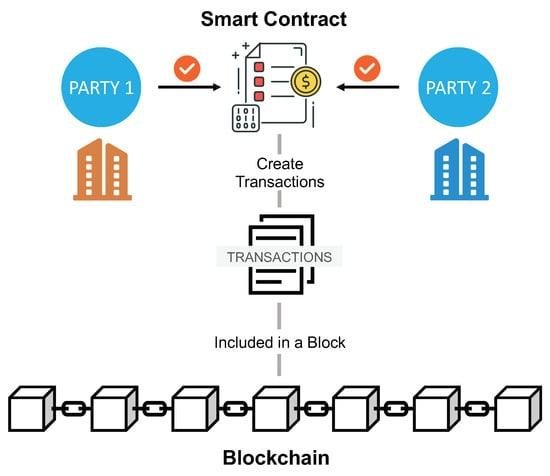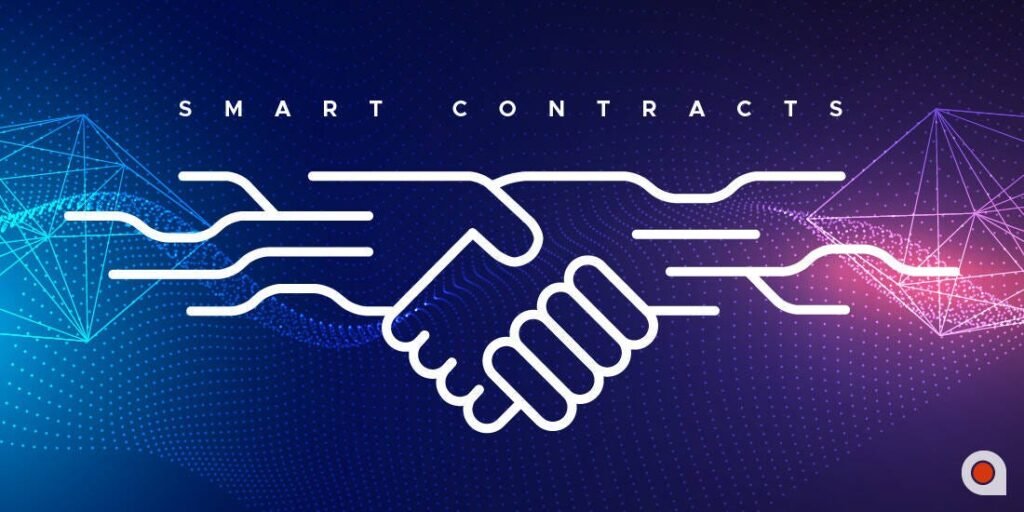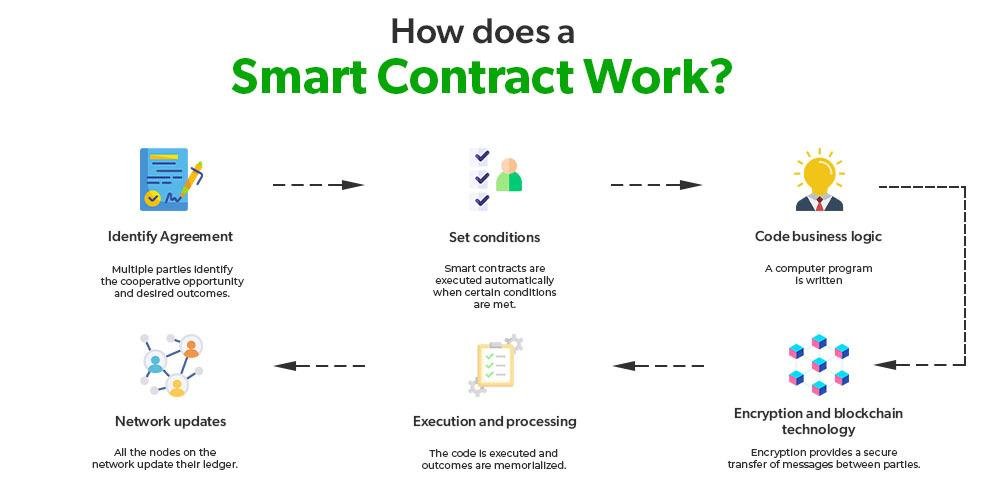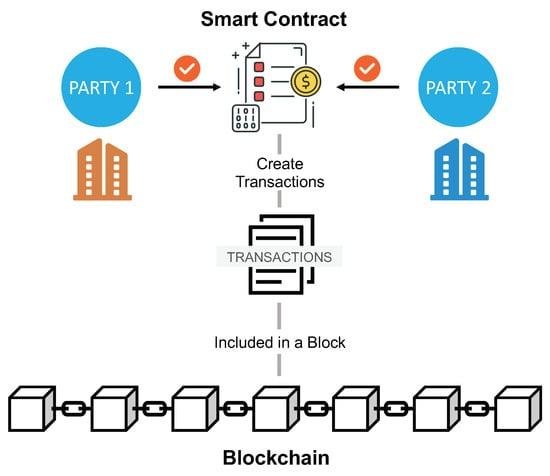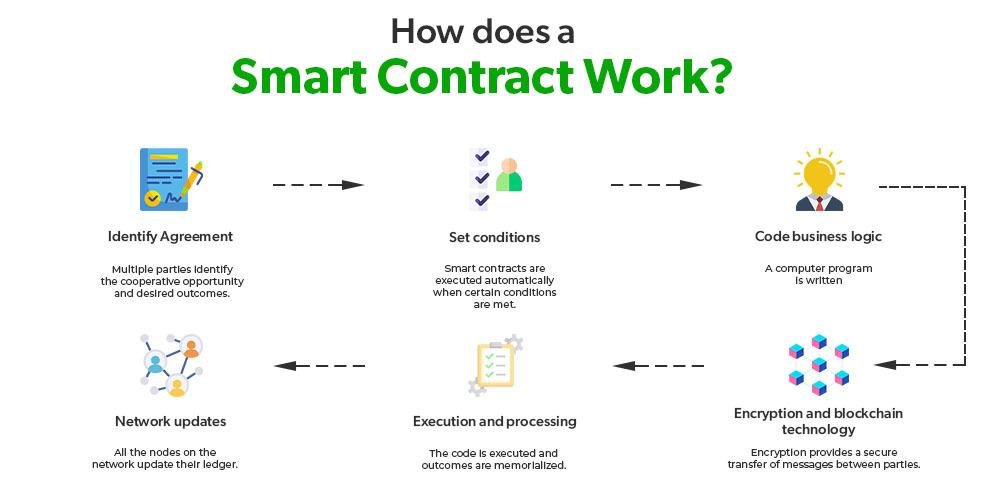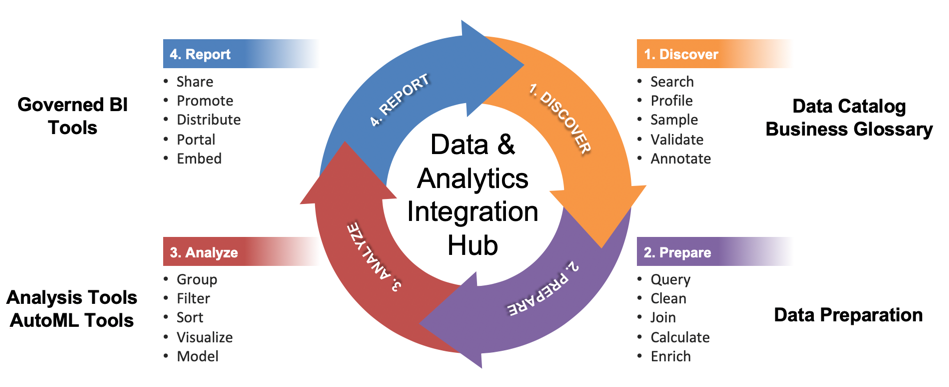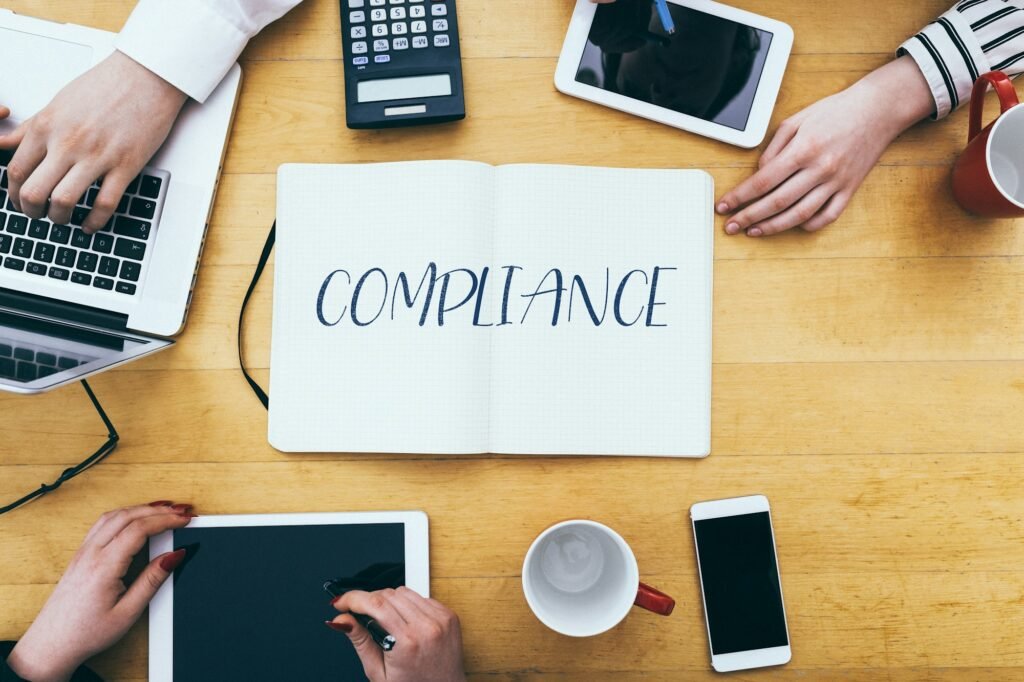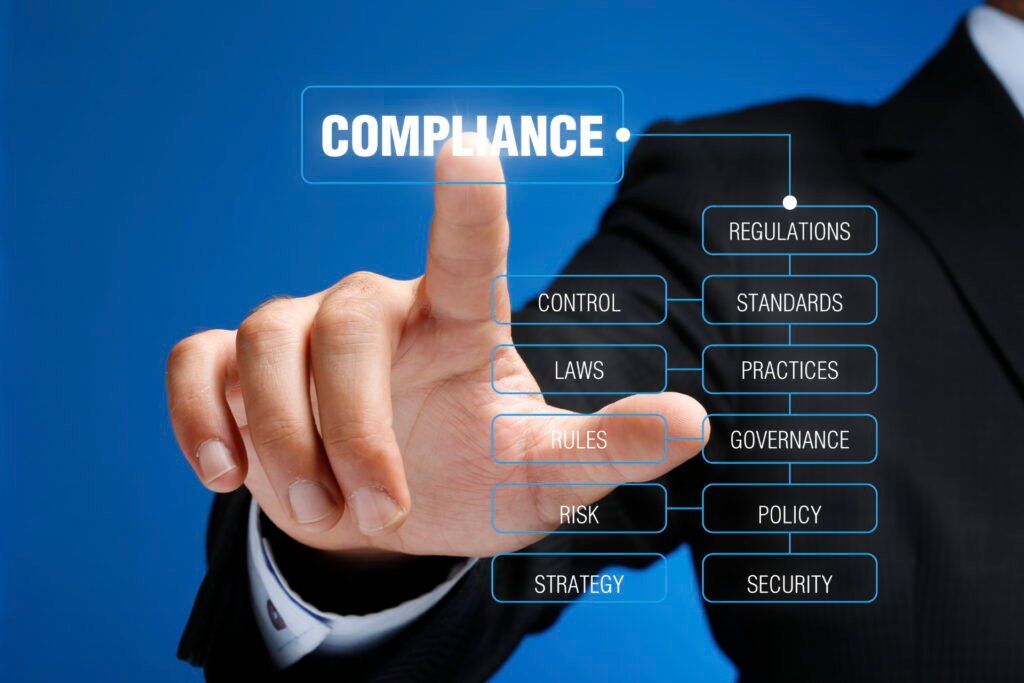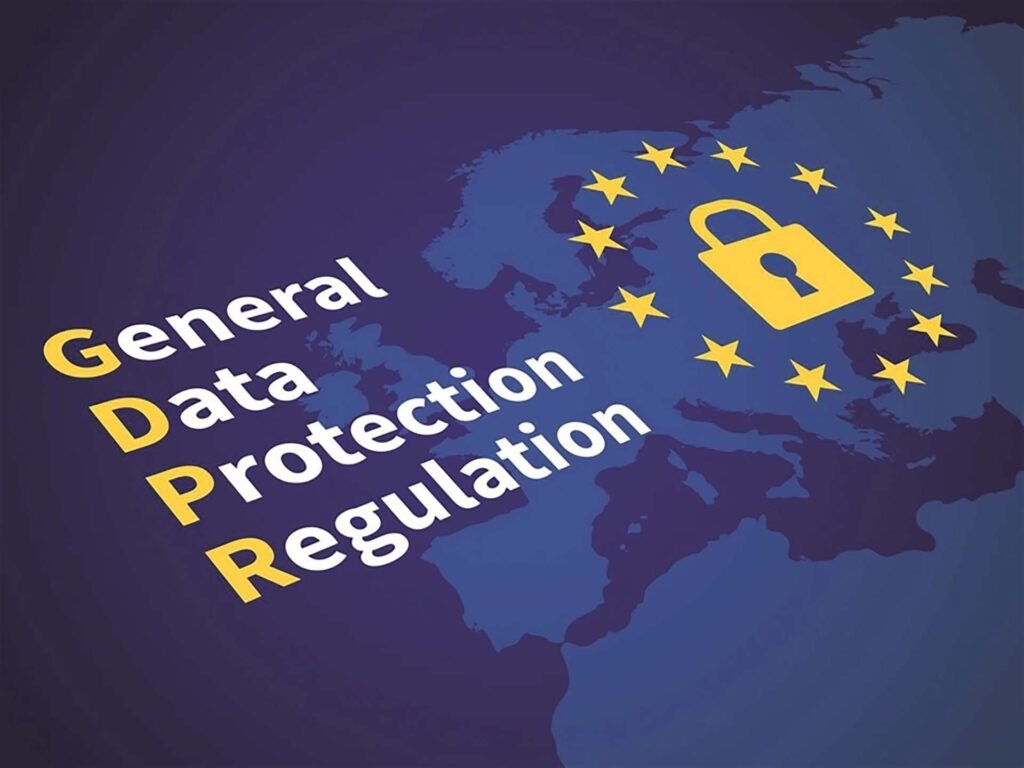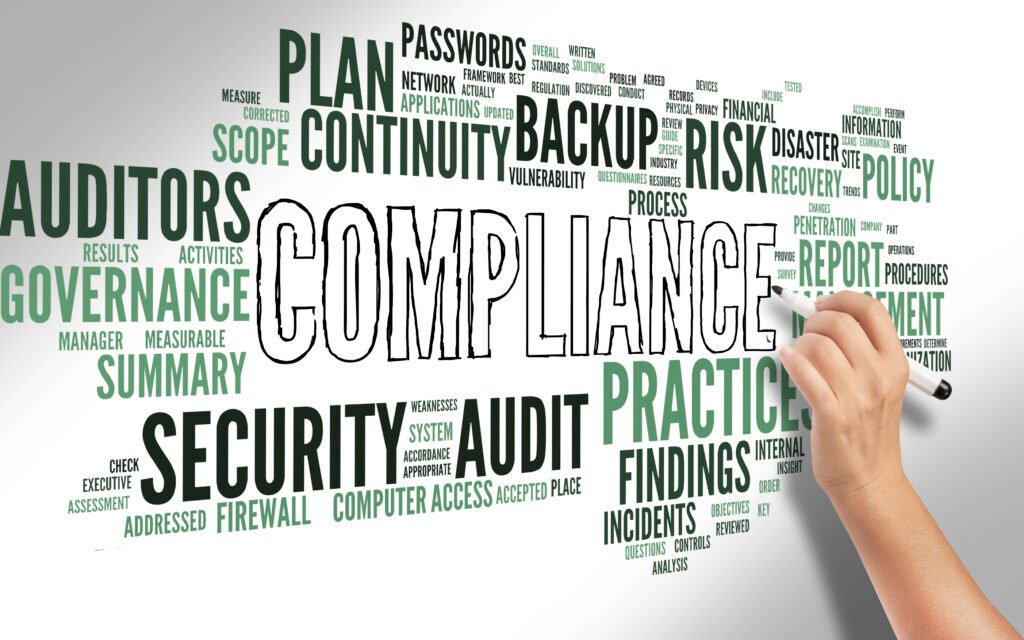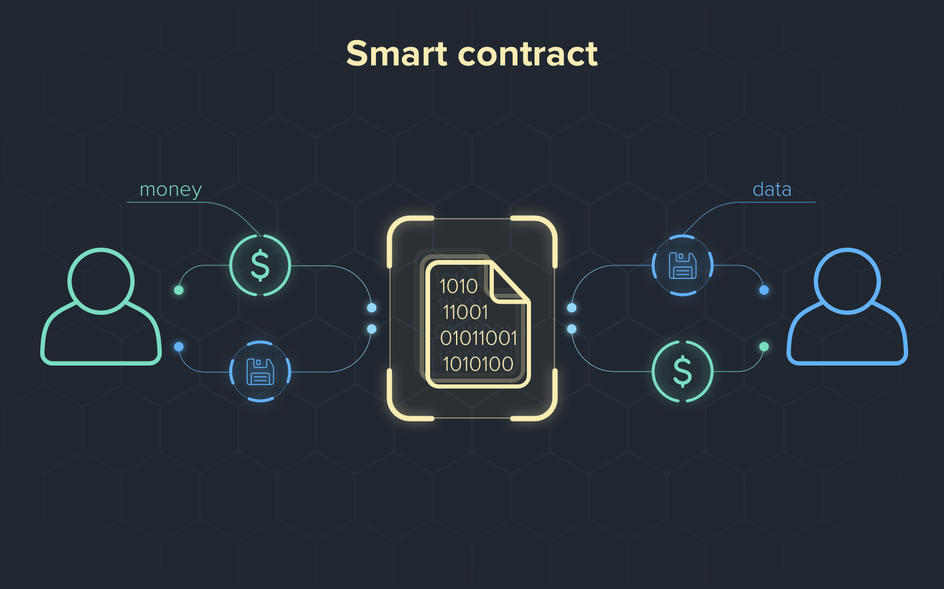Legal Tech Innovations That Will Shape the Next Decade

Introduction
The legal sector is about to undergo a technological revolution. As we move into the next decade, innovations like artificial intelligence, machine learning, blockchain, and smart contracts are set to change how legal services are delivered and accessed.
These advancements promise to boost efficiency, reduce costs, and improve access to justice, redefining legal practice beyond simple task automation. Law firms and legal departments embracing these technologies will not only streamline operations but also create new opportunities for growth and client engagement.
Artificial Intelligence in Legal Research
- Revolutionizing Legal Research
AI is changing how legal research is done, making it faster and more accurate. This transformation will improve accessibility and efficiency in the legal profession. - Data Processing Power
AI can analyze vast amounts of legal data quickly, allowing lawyers to focus on strategic tasks rather than time-consuming research. - Natural Language Processing (NLP)
NLP technology enables AI to understand human language, helping legal professionals find relevant cases and statutes more easily. This is especially useful in complex cases with a lot of information. - Predictive Analytics
AI tools can analyze past data to predict potential legal outcomes. This helps lawyers evaluate their cases better and provide clients with informed advice, potentially leading to more favorable results. - Democratizing Access
AI is making advanced research tools available to smaller law firms and individual lawyers, leveling the playing field in the legal market. - Promoting Collaboration
By automating routine tasks, AI allows legal professionals to engage in higher-level analysis and strategy, fostering collaboration between lawyers, data scientists, and technologists. - Challenges to Address
Despite the benefits, there are challenges, including concerns about data privacy and ethical issues, such as potential bias in AI algorithms. These must be addressed as the technology is adopted.
Blockchain for Secure Contract Management
- Transforming Contract Management
Blockchain technology is set to redefine how contracts are managed in the legal field, offering more secure, efficient, and transparent solutions. - Decentralized Ledger
Blockchain uses a decentralized ledger that allows all parties to access a single, unchangeable version of a contract. This lowers the chances of fraud and tampering, thereby increasing trust among all parties involved. - Real-Time Transparency
With blockchain, contracts can be updated and tracked in real time. This feature is especially useful for complex agreements involving multiple parties. - Streamlined Processes
Traditional contract management is often slow and prone to errors. Blockchain enables smart contracts—self-executing agreements that automatically enforce terms when conditions are met—streamlining the process and reducing manual tasks. - Permanent Audit Trail
Blockchain creates a permanent record of all transactions related to a contract. This is valuable for legal compliance and auditing, providing a clear trail that can help in disputes or investigations. - Future Integration
The future may see blockchain combined with technologies like artificial intelligence and the Internet of Things, creating dynamic contracts that adapt to changing conditions, further enhancing efficiency. - Challenges to Adoption
Despite its potential, there are challenges to widespread use, including regulatory issues, the need for standardization, and the necessity for legal professionals to understand blockchain technology better.
You May Also Like: Top 10 Legal Tech Trends to Watch in 2024
Virtual Reality In Courtroom Simulations
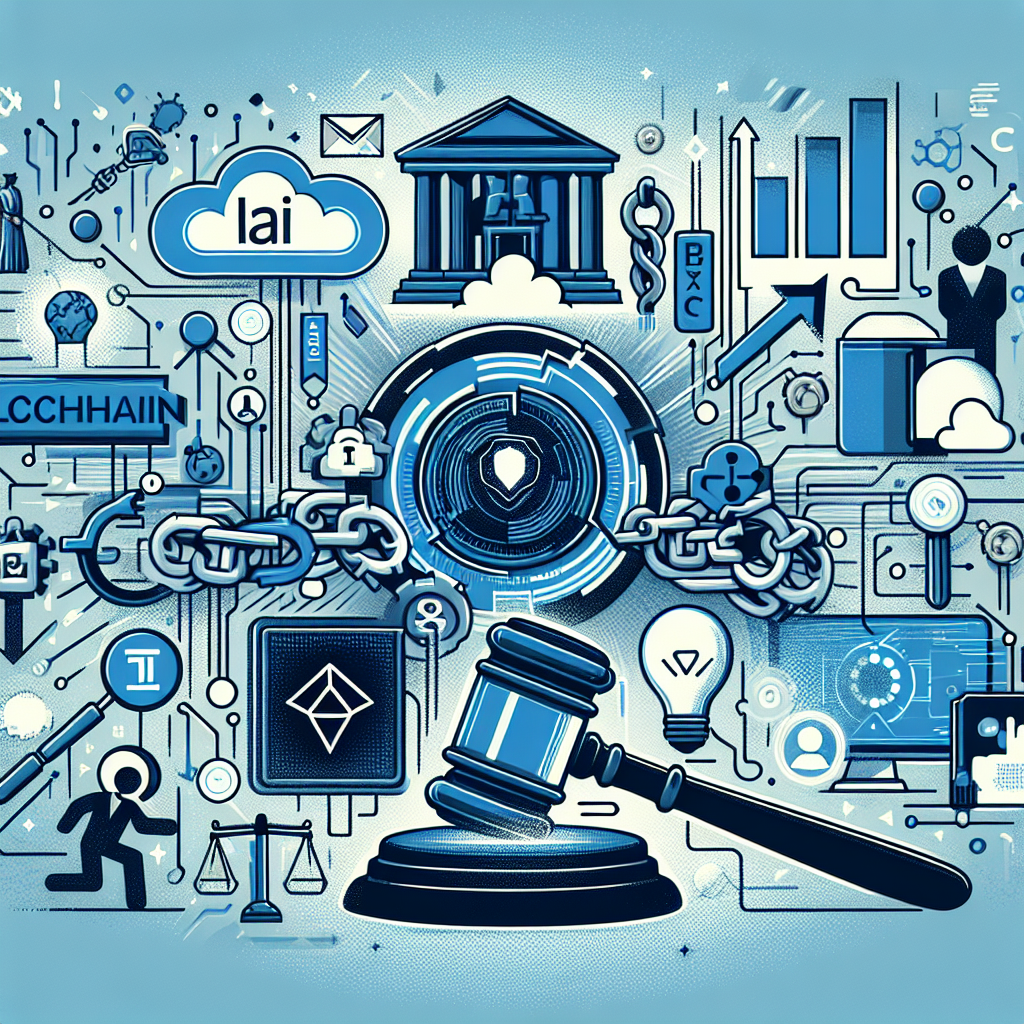
- Transformative Tool
Virtual reality (VR) is becoming a powerful tool in legal technology, potentially changing how courtroom simulations and legal processes work. - Enhanced Evidence Presentation
VR can recreate crime scenes and accident sites in 3D, allowing jurors to experience evidence more fully than traditional methods (like photos and diagrams) can provide. This immersive experience helps jurors understand spatial relationships and dynamics crucial to the case. - Improved Juror Comprehension
Legal cases often involve complex information that can be hard for jurors to understand. VR can simplify these details with interactive simulations. For example, in patent cases, VR can demonstrate how an invention works, making it easier for jurors to visualize complex processes. - Trial Preparation for Attorneys
Attorneys can use VR to practice their arguments in a simulated courtroom. This helps refine their delivery and prepares them for potential challenges. VR also allows legal teams to collaborate remotely in a shared virtual space, saving time and resources. - Ethical Considerations
While VR offers many benefits, its adoption requires careful oversight. Standards must be established to ensure the accuracy and fairness of VR simulations. Collaboration between legal professionals and tech experts is essential to create reliable guidelines. - Accessibility Issues
It’s important to ensure that all parties in a legal proceeding have equal access to VR technology. This accessibility is crucial for fair trials.
Predictive Analytics for Case Outcomes
Overview:
Predictive analytics is transforming how legal professionals assess case outcomes. This technology uses data analysis to enhance decision-making, streamline processes, and improve the efficiency and accuracy of legal proceedings.
Key Points:
- Understanding Predictive Analytics:
- Predictive analytics analyzes historical data to identify patterns and forecast likely case outcomes.
- It examines past case results and legal precedents to provide insights into how similar cases may progress.
- Improved Decision-Making:
- By assessing the success rates of similar cases, attorneys can better understand the chances of winning or losing a case.
- This helps inform their legal strategies and allocate resources more effectively, especially in complex litigation.
- Efficiency in Legal Research:
- Traditional legal research can be time-consuming, requiring extensive review of case law.
- Predictive analytics streamlines this process by quickly identifying the most relevant cases and legal arguments, saving time and enhancing the quality of research.
- Enhanced Client Interactions:
- With data-driven insights, lawyers can provide clients with accurate assessments of their chances of success and potential risks.
- This transparency builds trust and helps clients make informed decisions about their legal strategies.
- Setting Realistic Expectations:
- Predictive analytics helps in managing client expectations, reducing misunderstandings and disputes between clients and their lawyers.
- Ethical Considerations:
- The use of predictive analytics raises concerns about data privacy and potential bias in predictions.
- Legal professionals must ensure that the data used is accurate, unbiased, and complies with privacy regulations.
- Collaboration is Key:
- Ongoing collaboration among legal experts, data scientists, and policymakers is essential to develop guidelines and best practices for the ethical use of predictive analytics.
- Future Developments:
- As AI and machine learning technologies evolve, the capabilities of predictive analytics will improve, offering even greater accuracy and insights.
- This advancement will empower lawyers to navigate the legal system more confidently.
Online Dispute Resolution Platforms
Overview:
Online dispute resolution (ODR) platforms are changing how conflicts are resolved in the legal industry. They provide a modern, efficient, and accessible alternative to traditional methods like litigation and arbitration.
Key Points:
- Global Reach:
- ODR platforms allow parties from different locations to resolve disputes online, eliminating the need for physical meetings.
- This reduces travel costs and logistical challenges, making the process more convenient.
- Efficiency in Resolution:
- Traditional legal processes can take months or years; ODR platforms speed up this process.
- They use advanced algorithms and artificial intelligence to automate routine tasks and provide insights, leading to quicker resolutions.
- Accessibility:
- ODR platforms offer user-friendly interfaces and guidance, helping individuals and small businesses navigate the legal system.
- This makes dispute resolution more accessible, particularly for those who cannot afford traditional litigation costs.
- Integration of Emerging Technologies:
- Future advancements may include blockchain for secure, transparent record-keeping and smart contracts to automate agreement execution.
- These technologies can enhance security and efficiency even further.
- Challenges to Address:
- Data privacy, security concerns, and the need for regulatory frameworks must be tackled for ODR platforms to be widely adopted.
- Continuous education and training for legal professionals are necessary to help them adapt to this digital landscape.
Conclusion
Legal technology is set to transform the industry in the next decade. Key advancements include artificial intelligence and machine learning, which will enhance legal research and predictive analytics for greater efficiency and accuracy. Blockchain will improve smart contracts and secure transactions, fostering transparency and trust. Legal automation tools will streamline routine tasks, reducing costs and allowing professionals to focus on complex issues. Cloud-based platforms will enable remote work and greater accessibility. Additionally, improvements in data privacy and cybersecurity will protect sensitive information. Together, these innovations will create a more efficient and secure legal landscape, fundamentally changing how legal services are delivered.











































































































































































































































